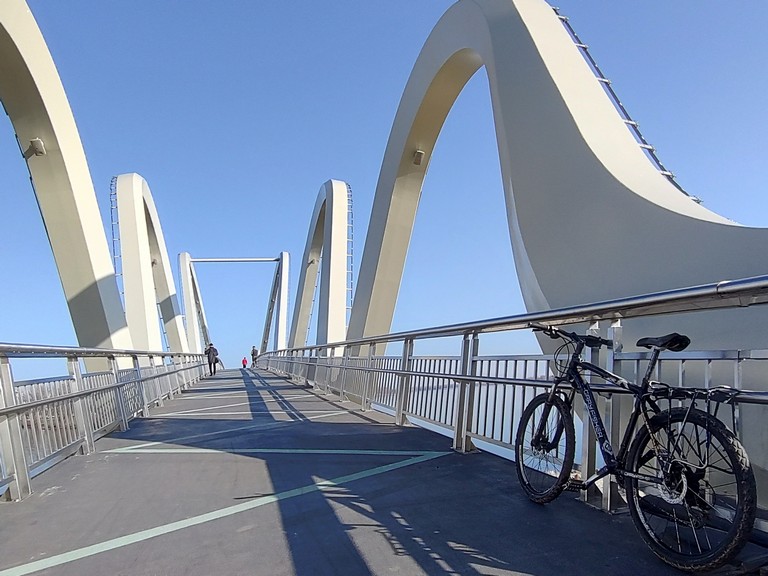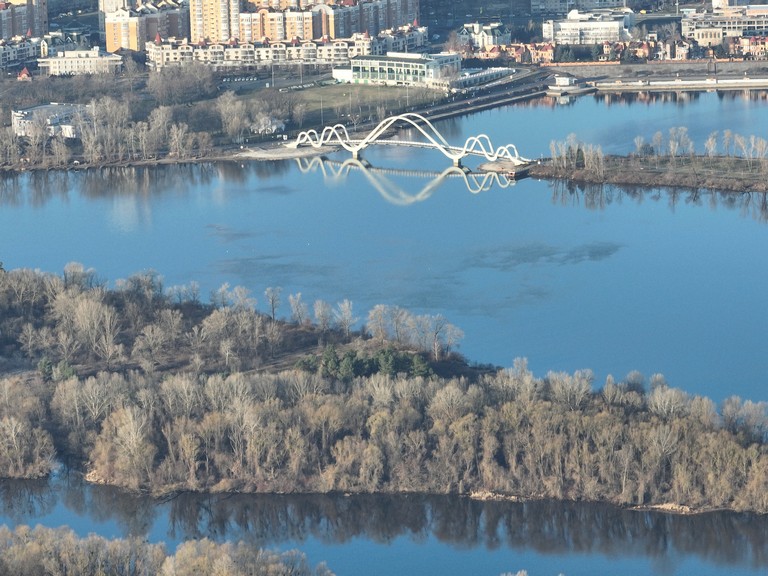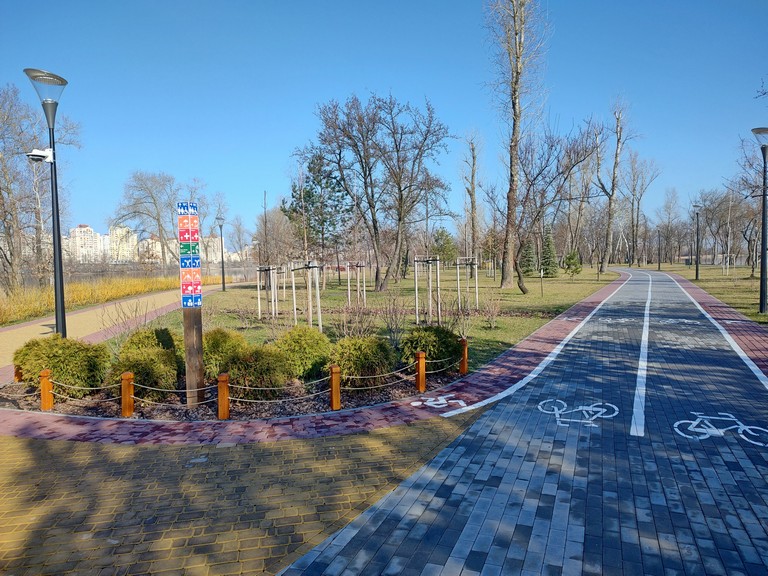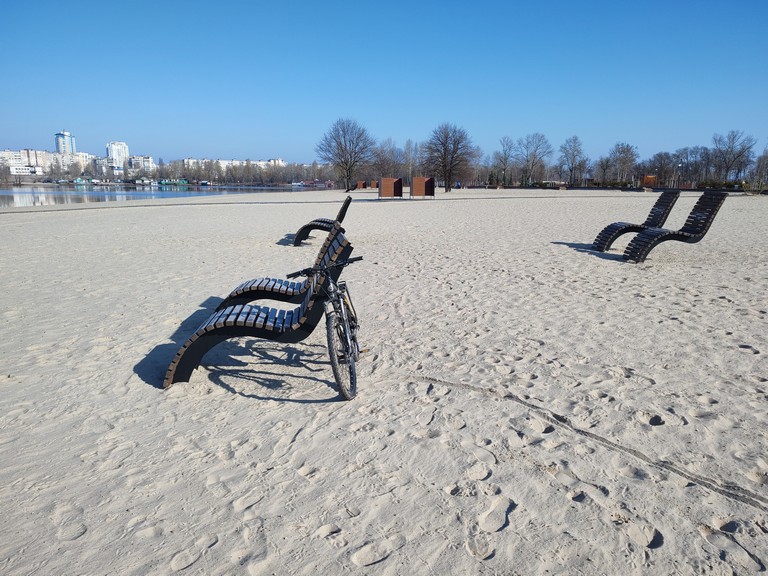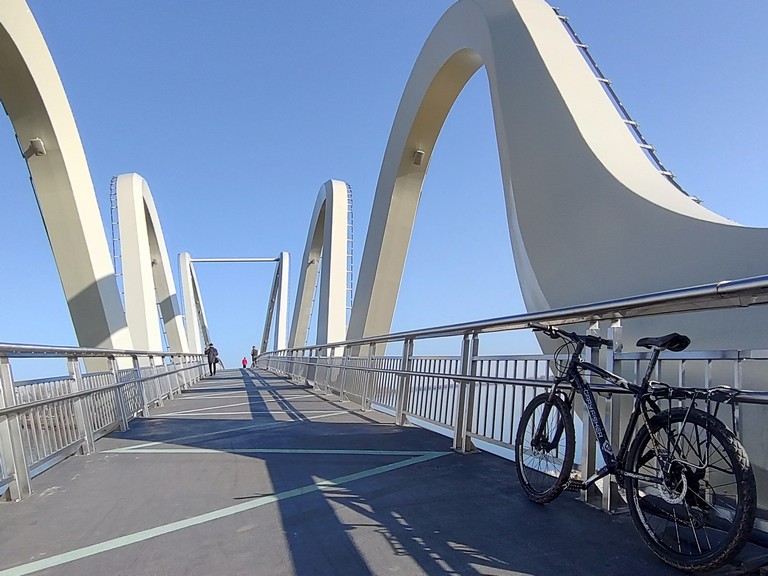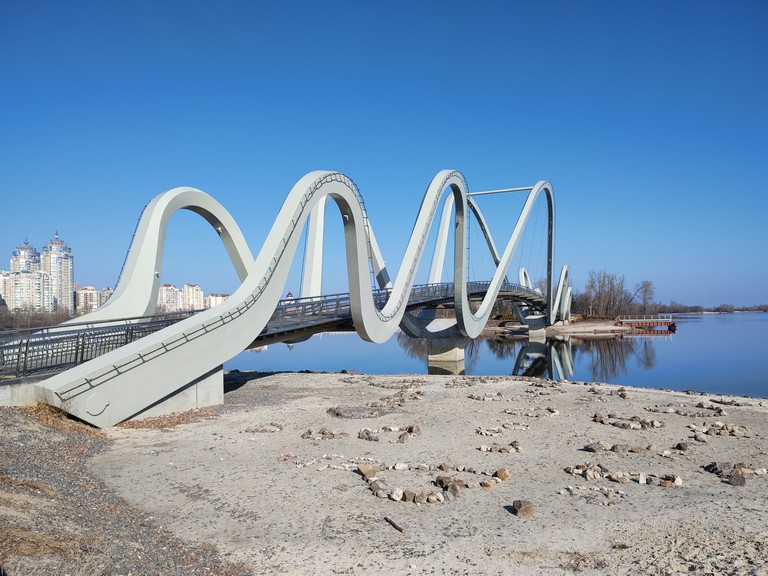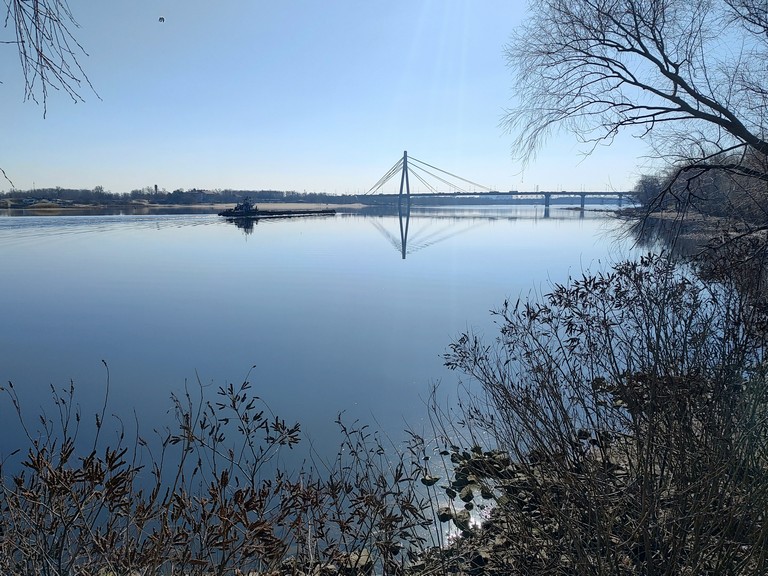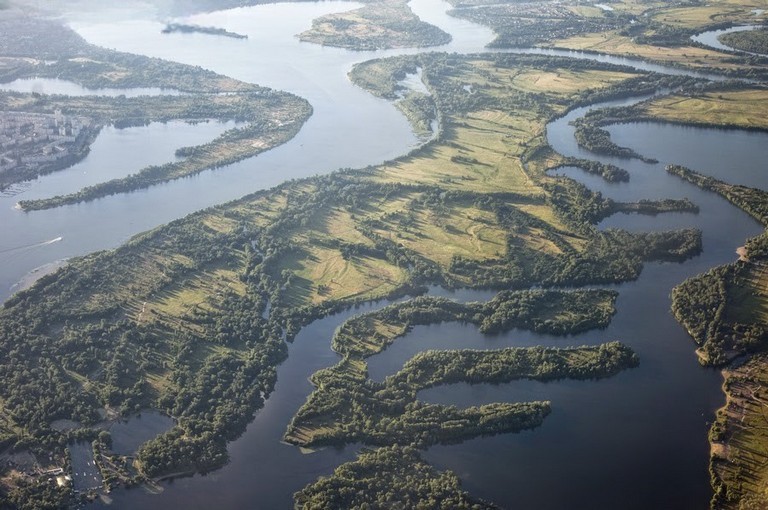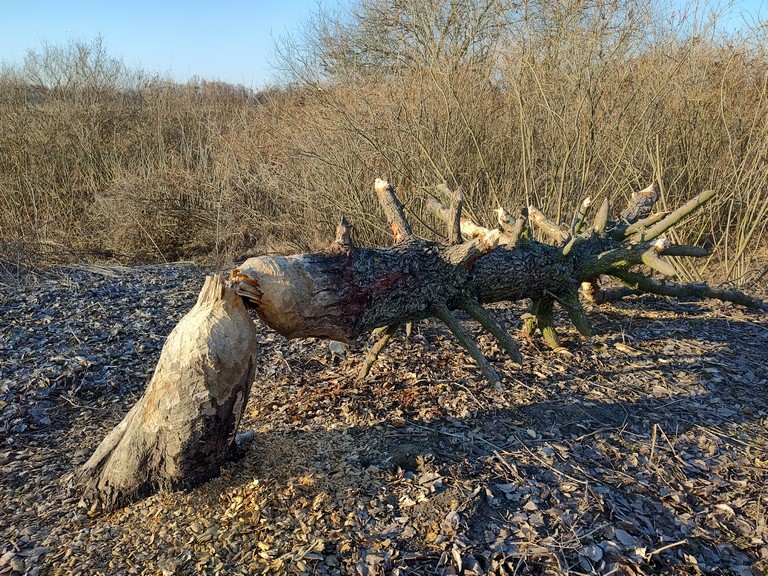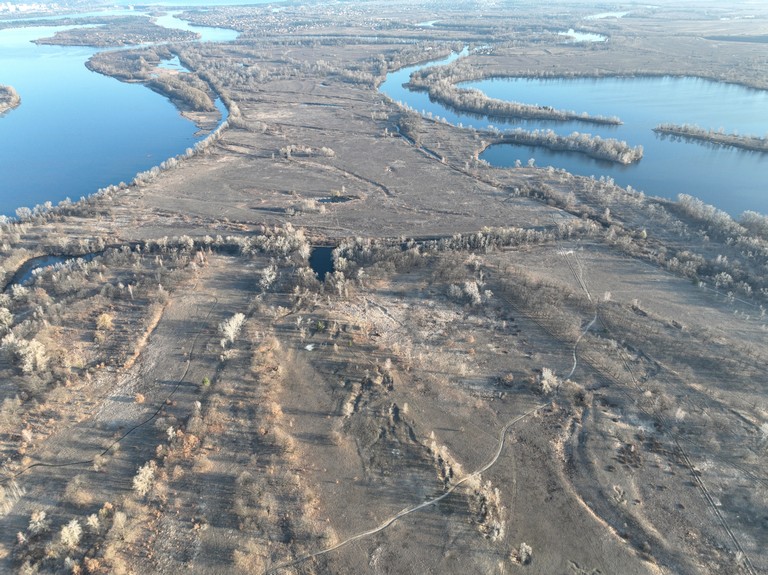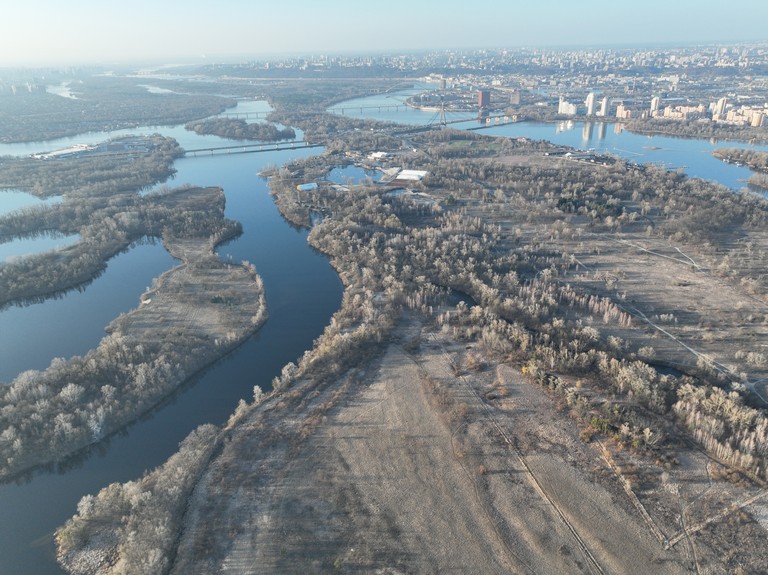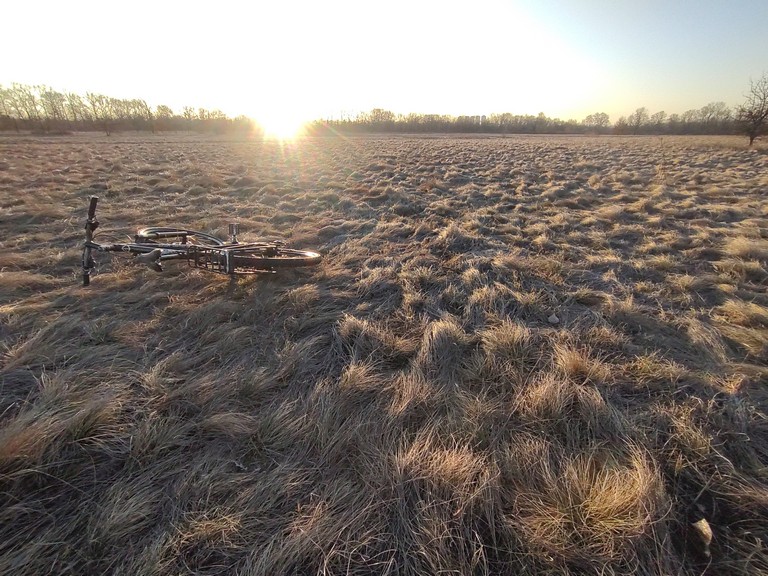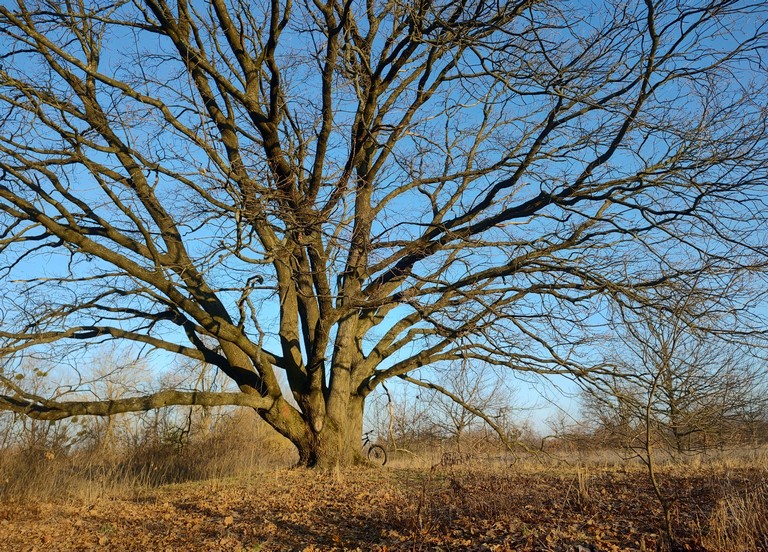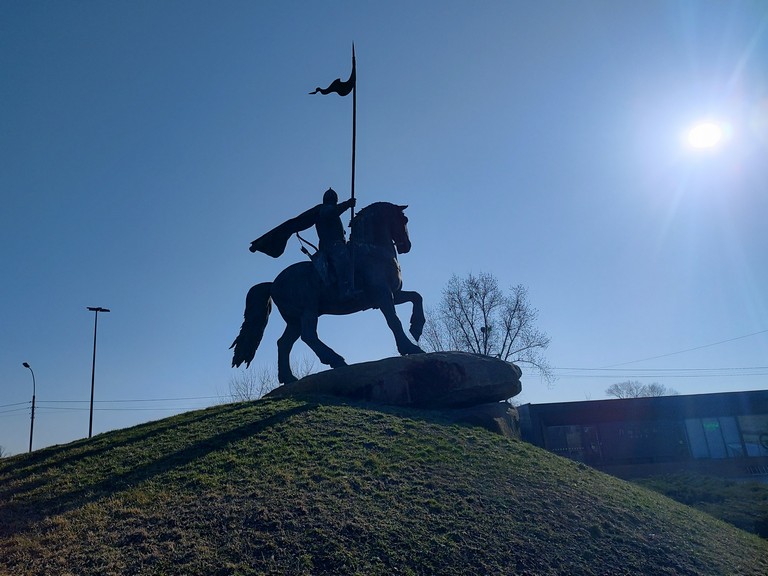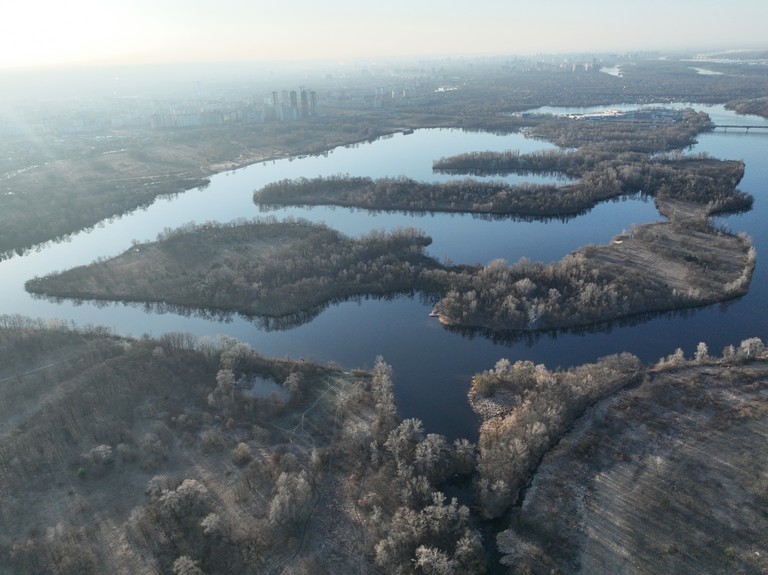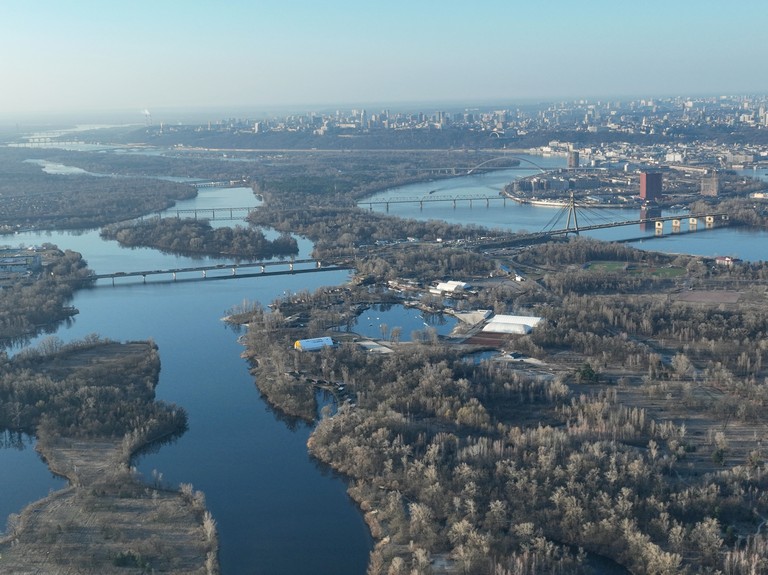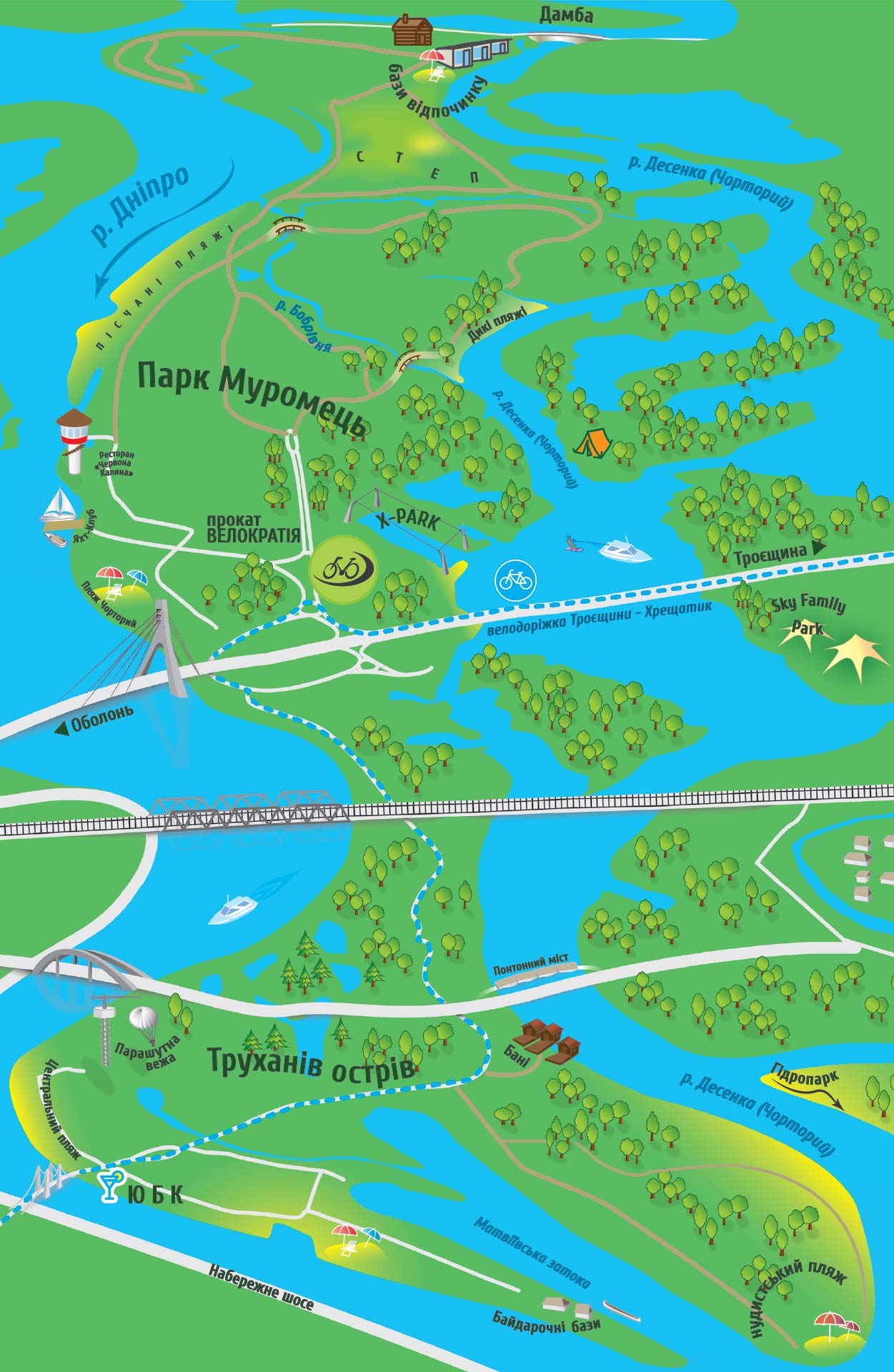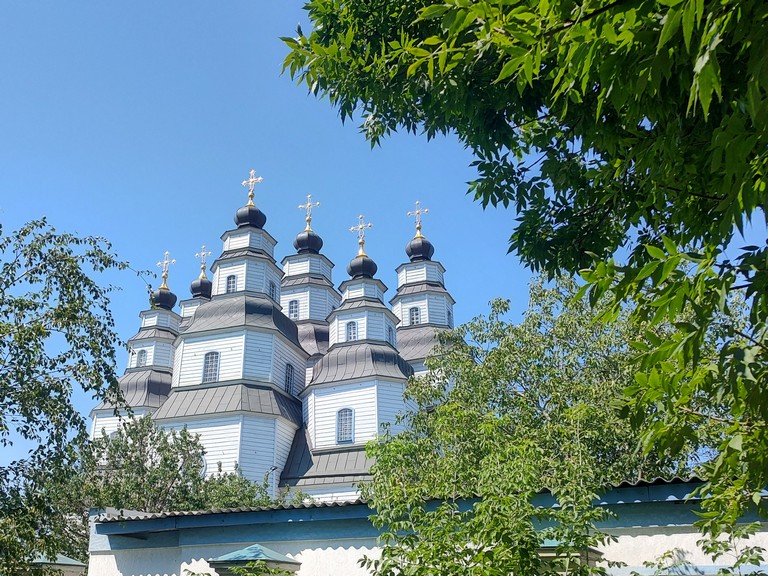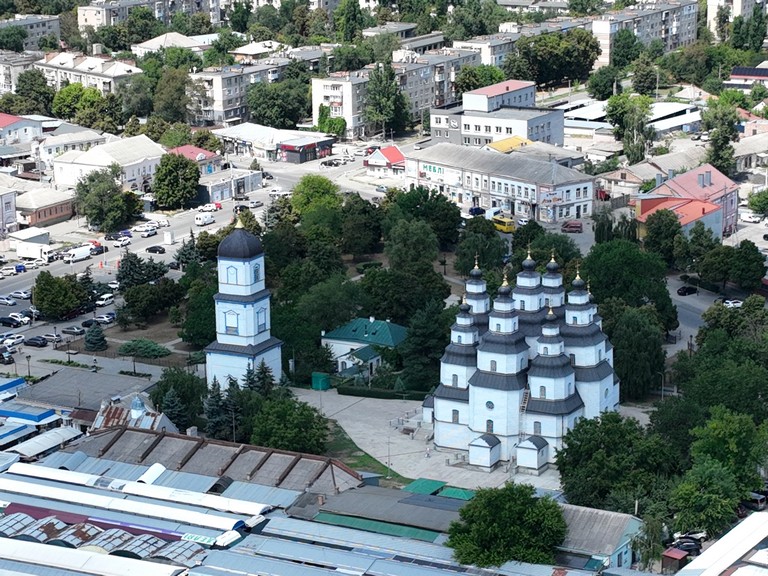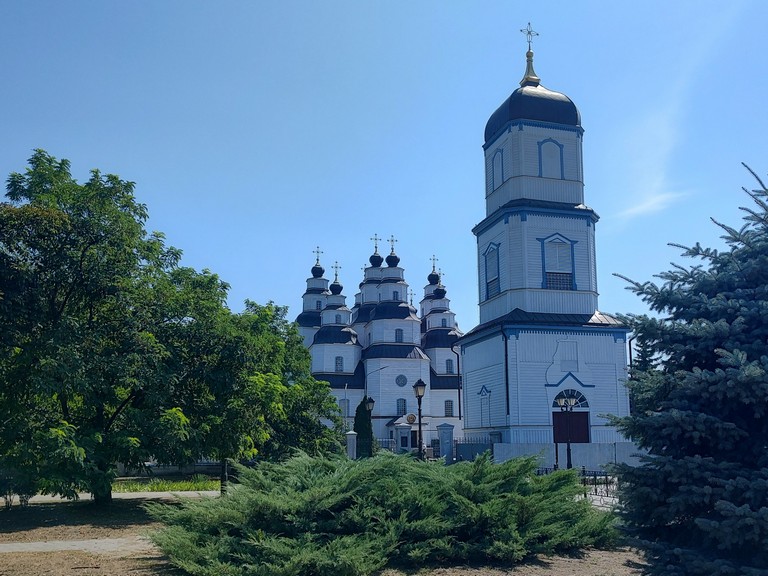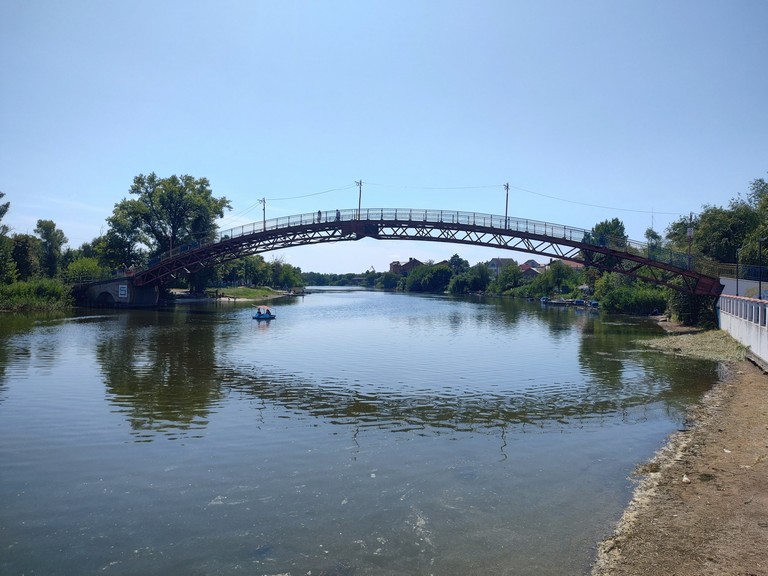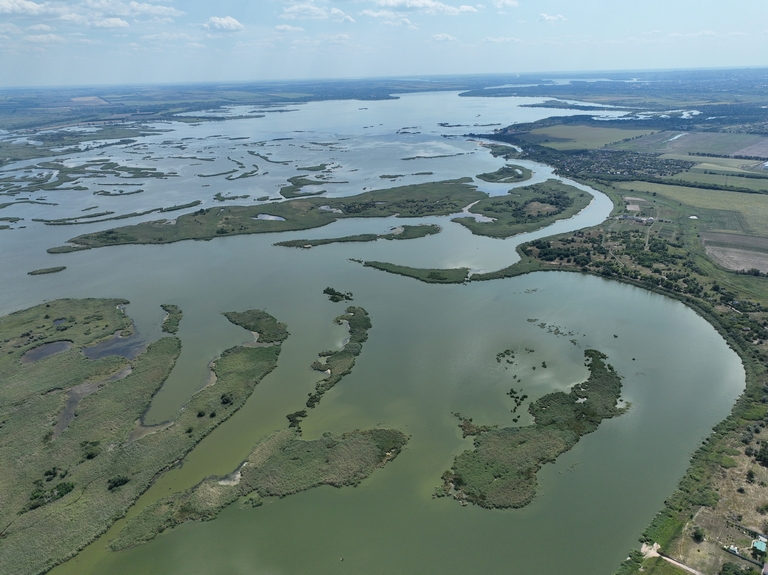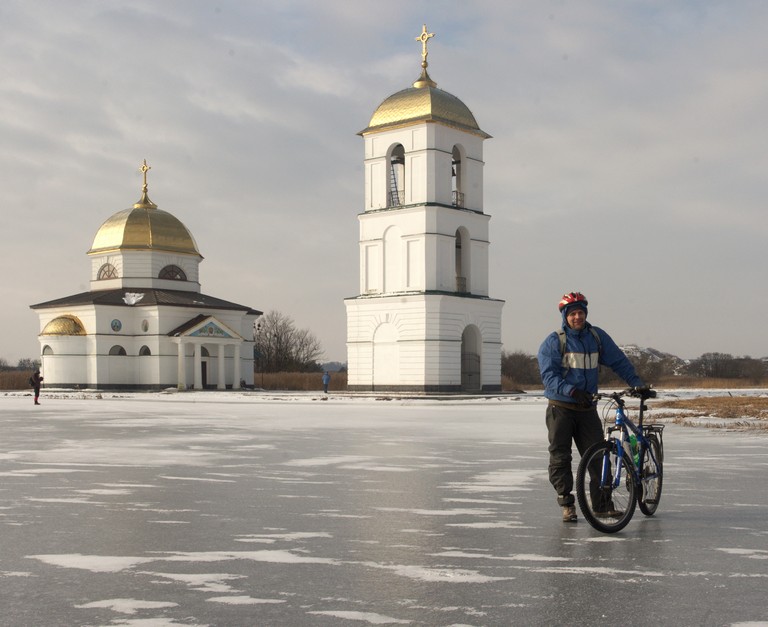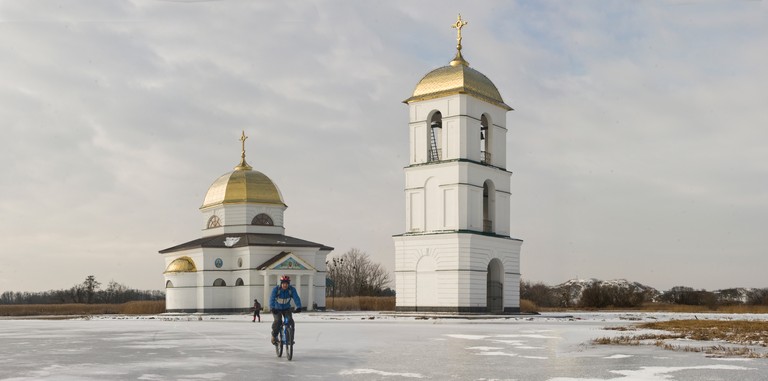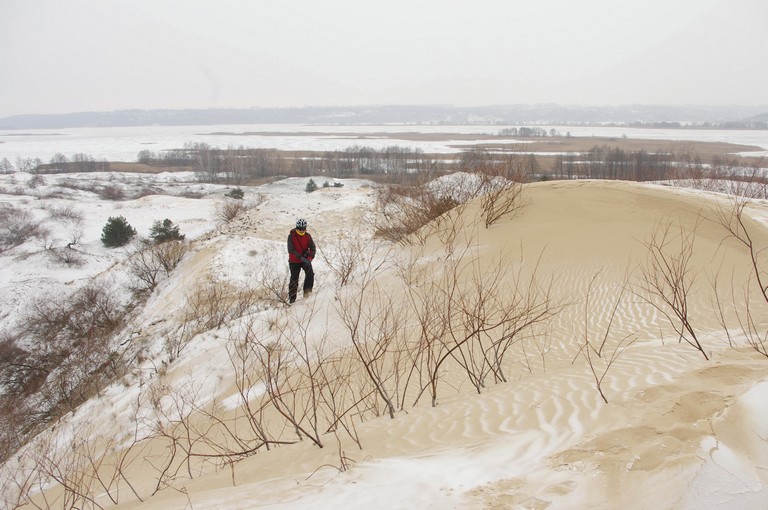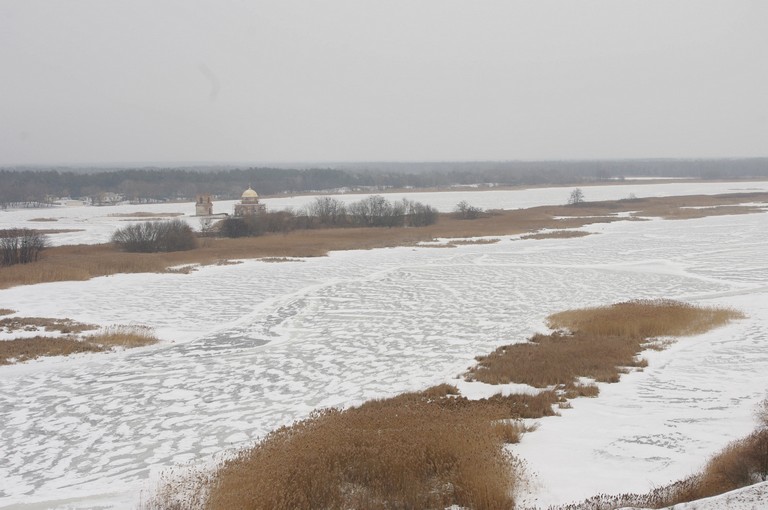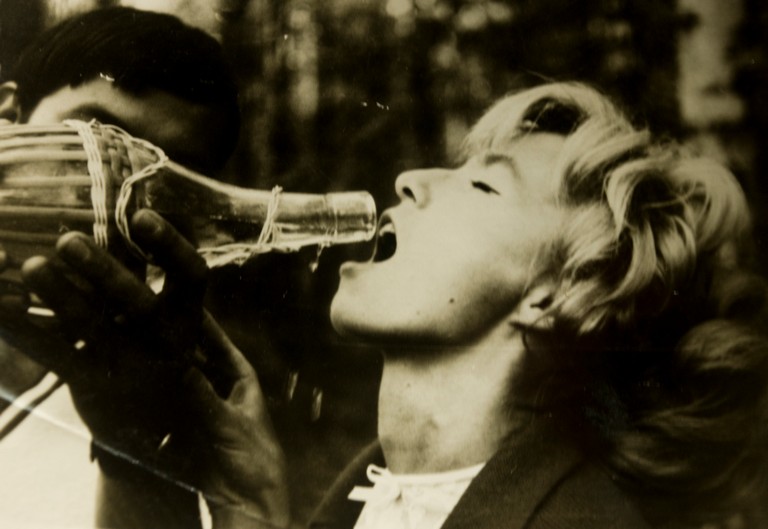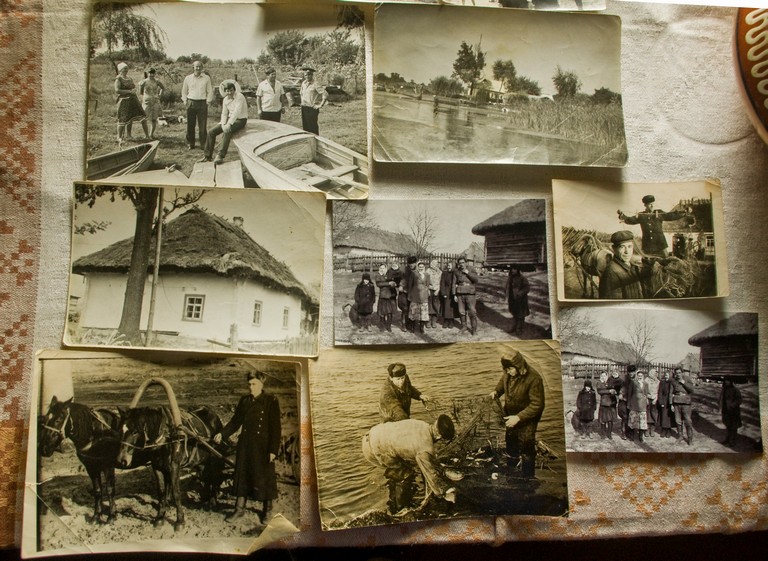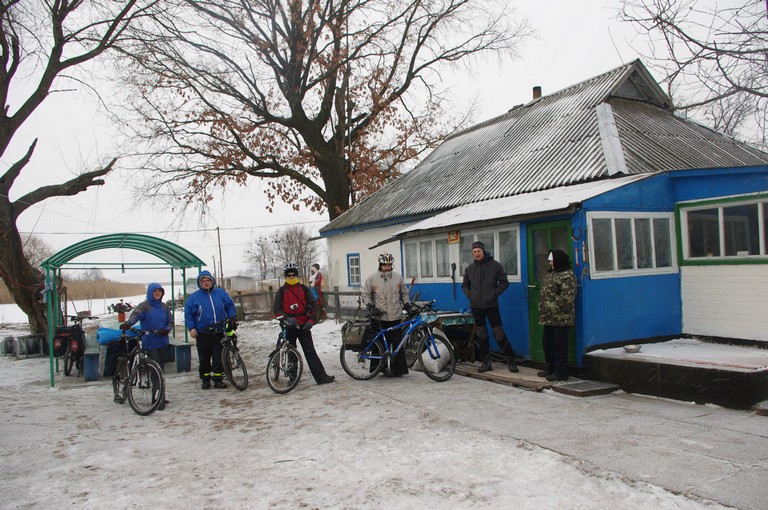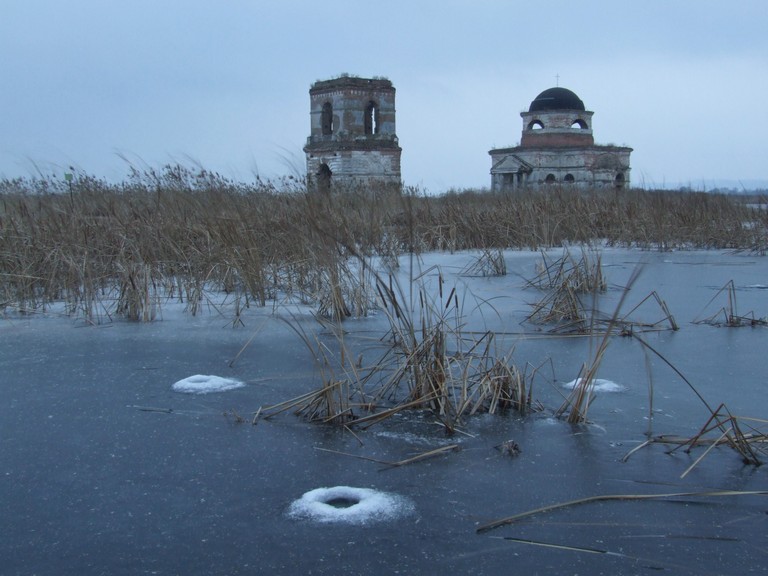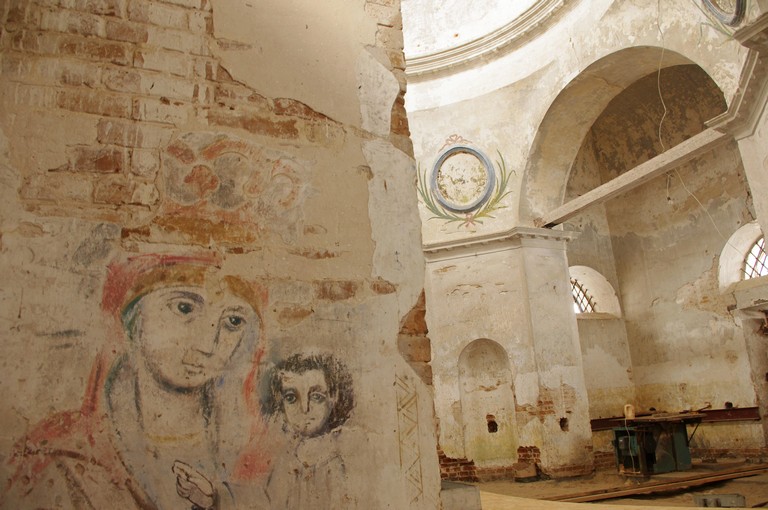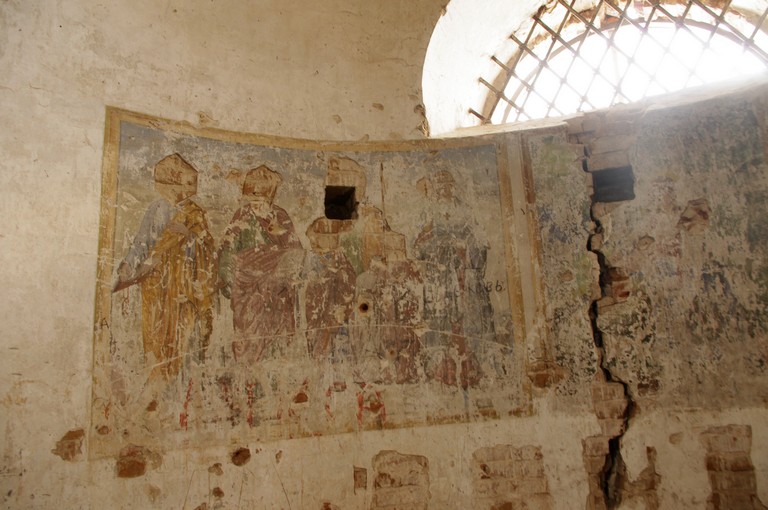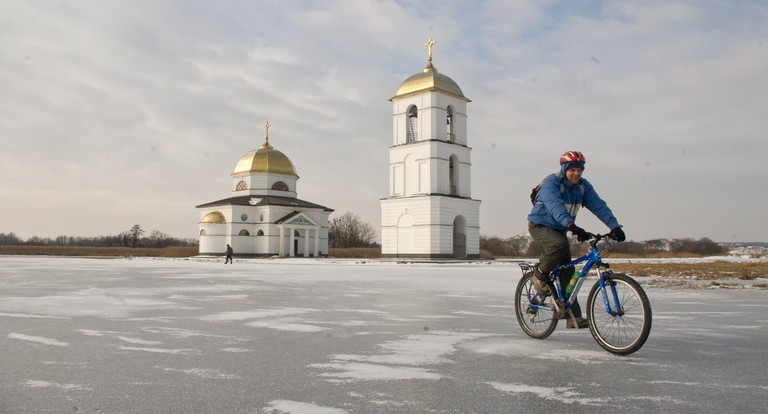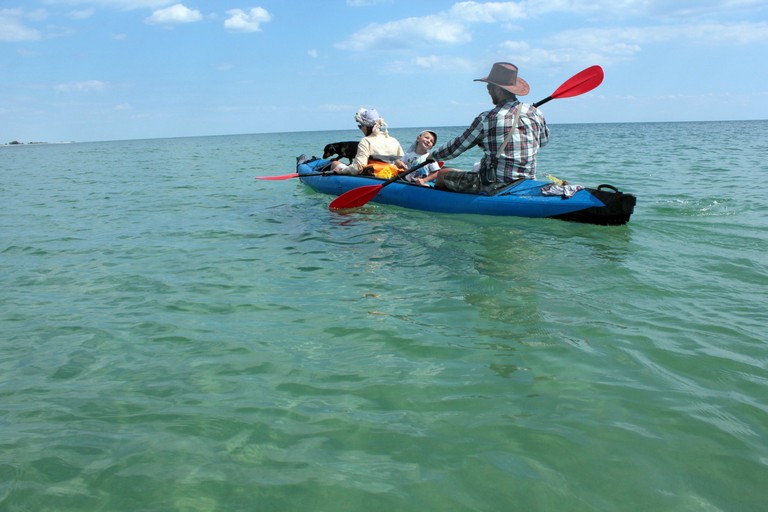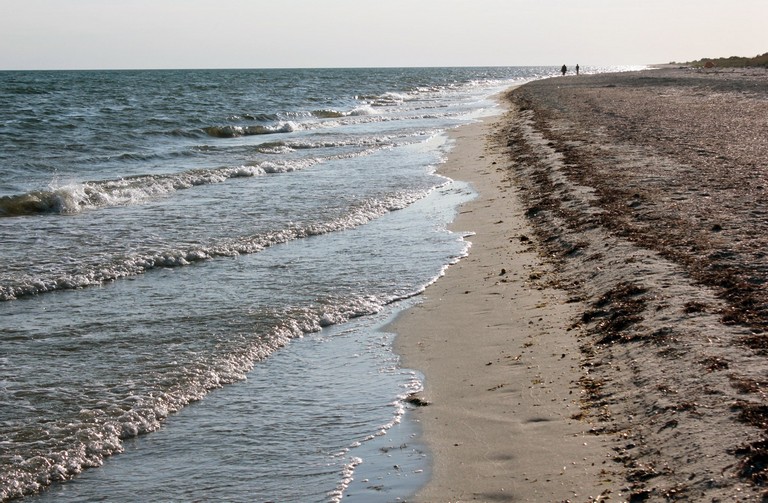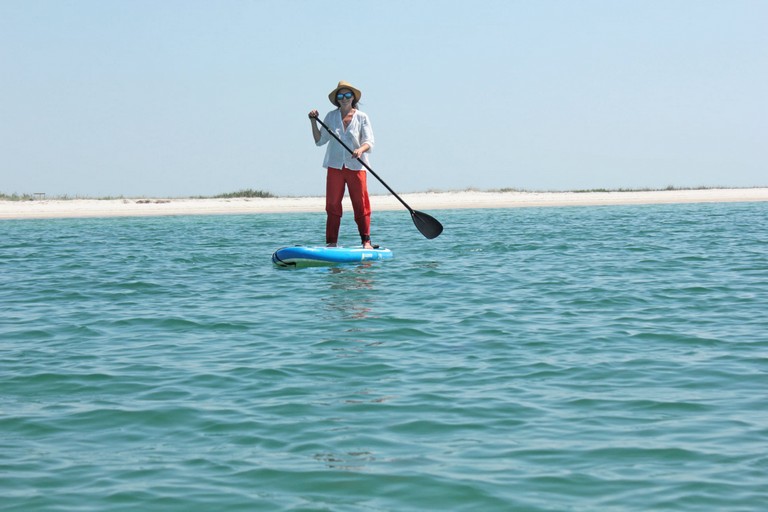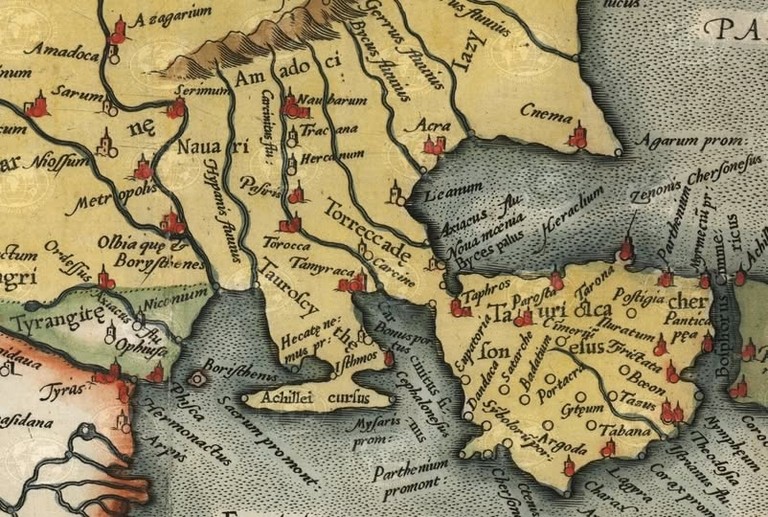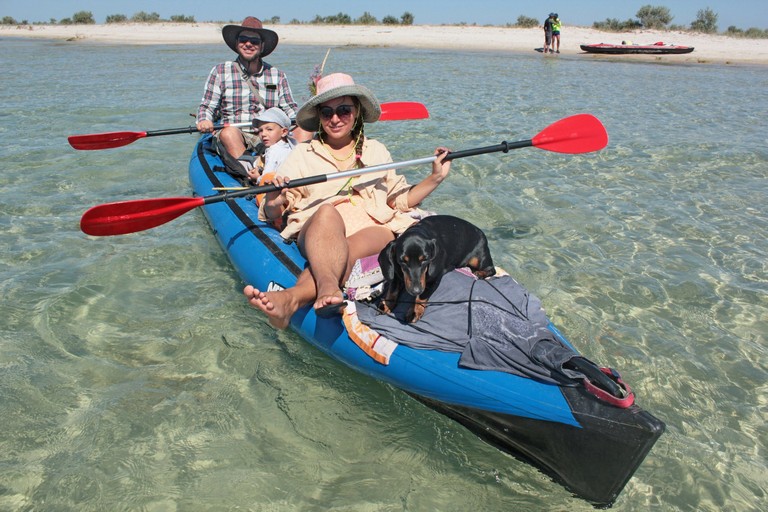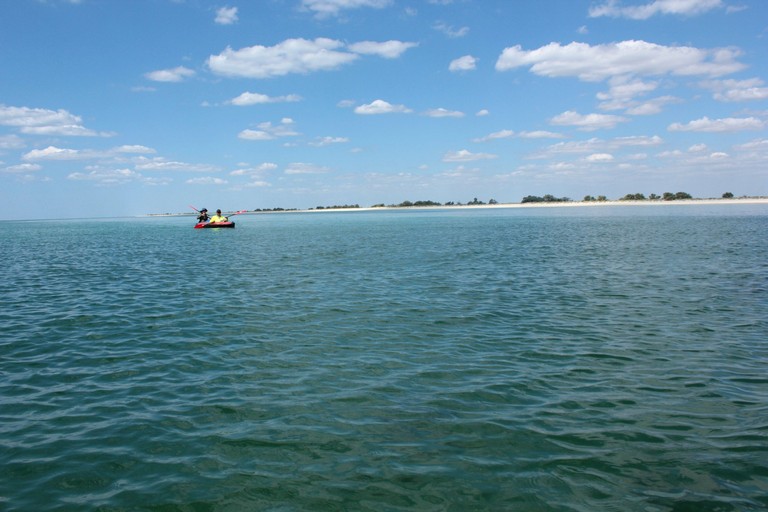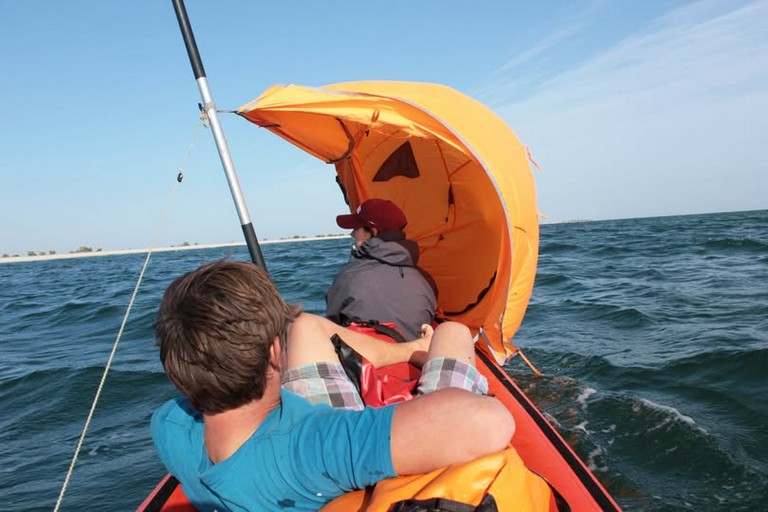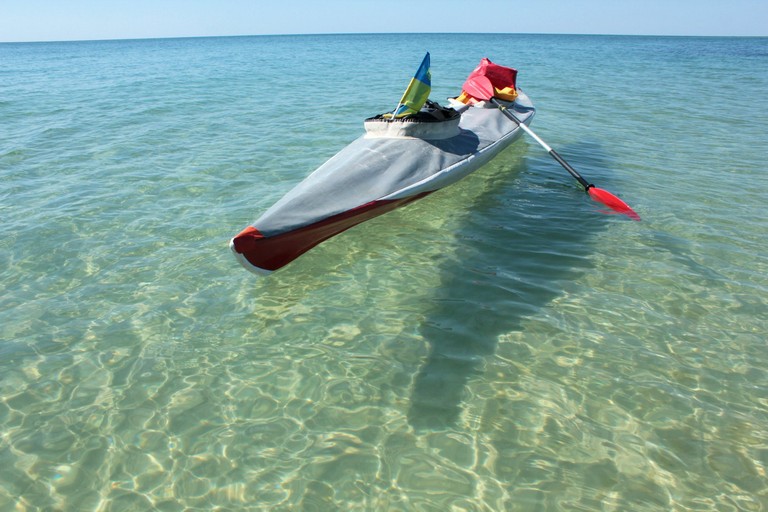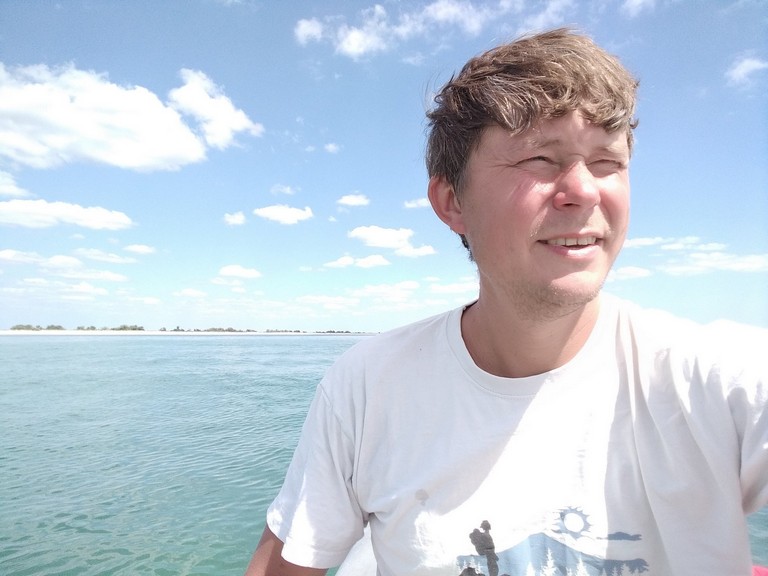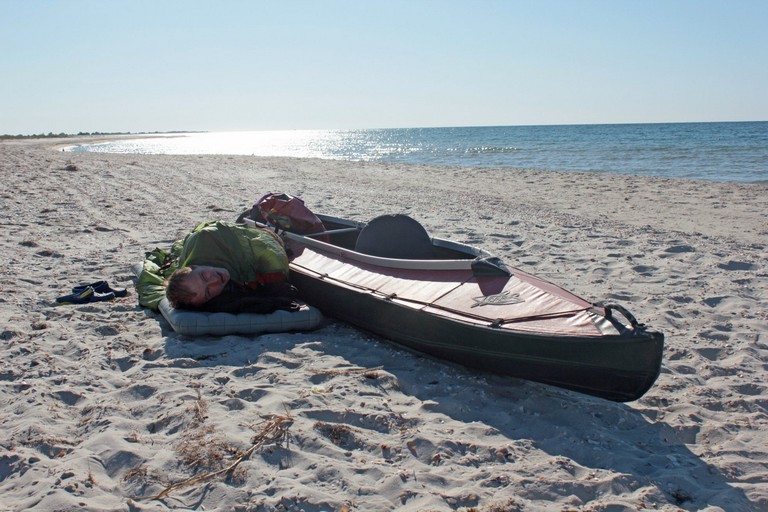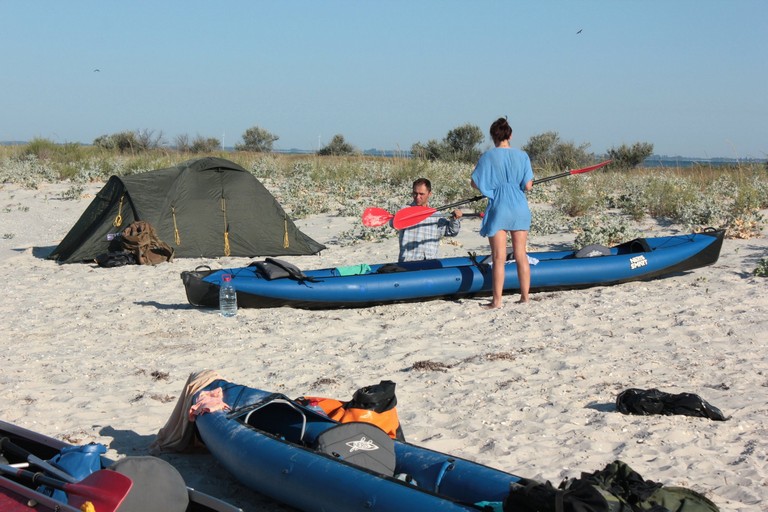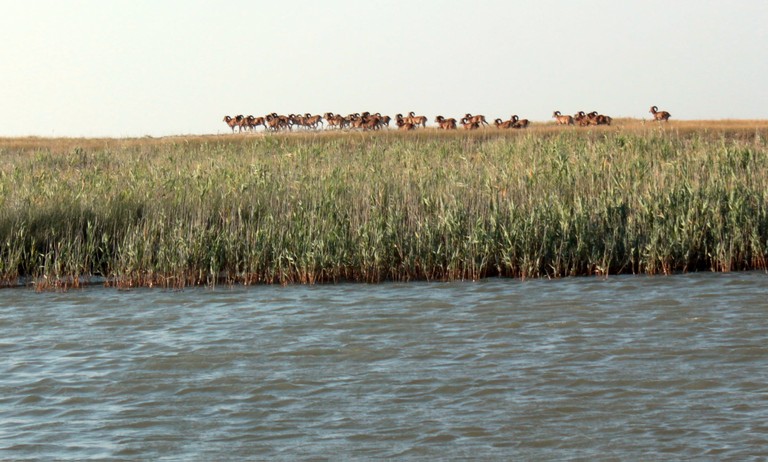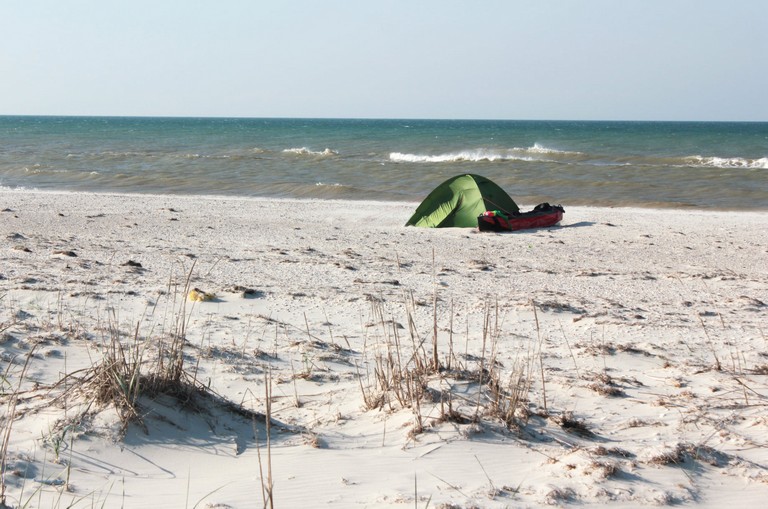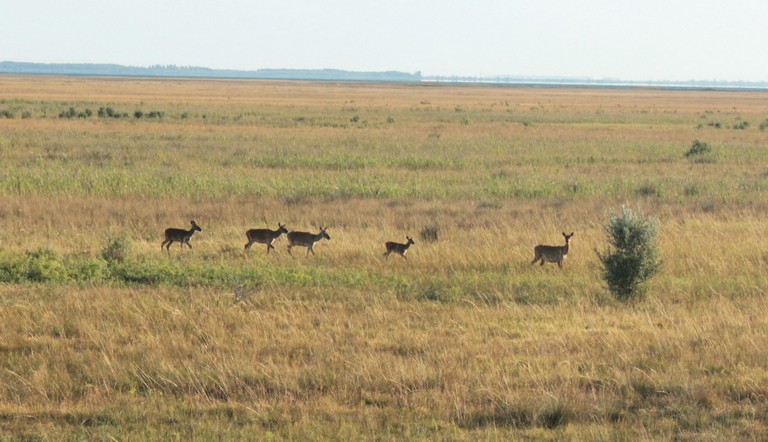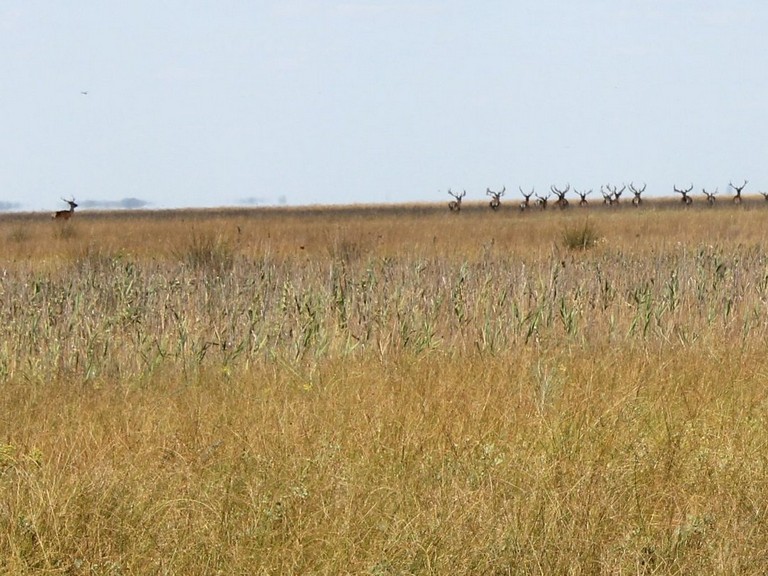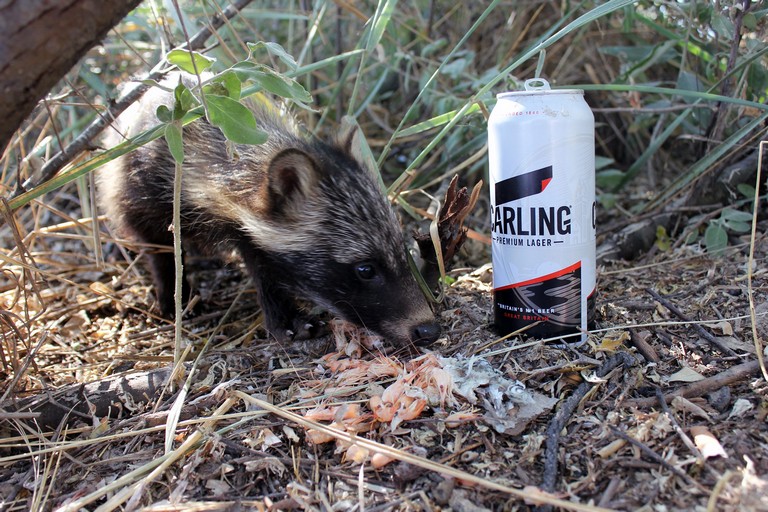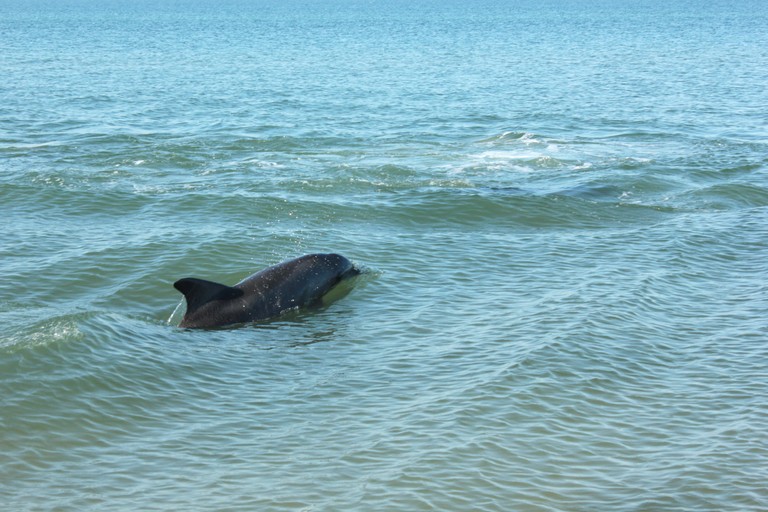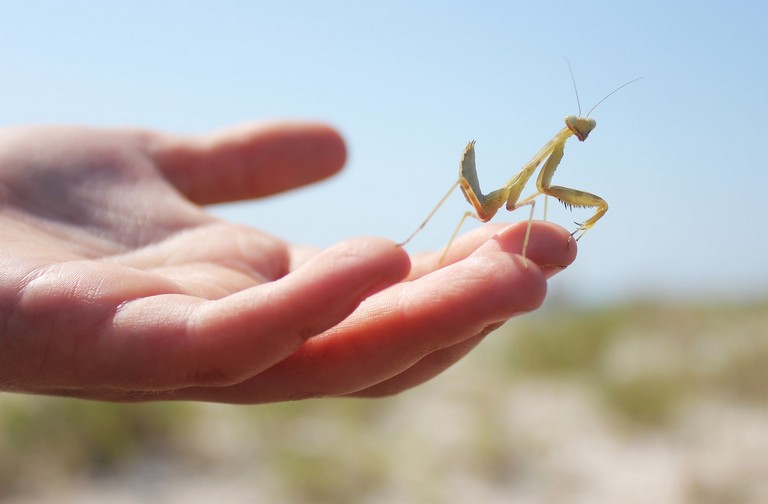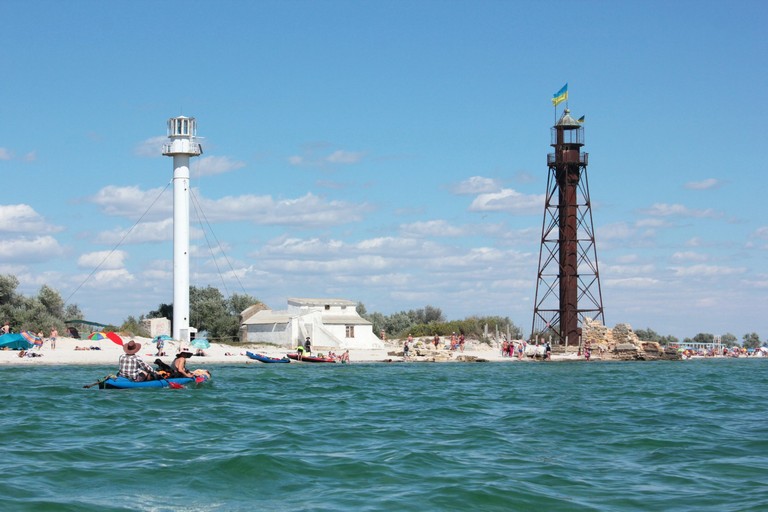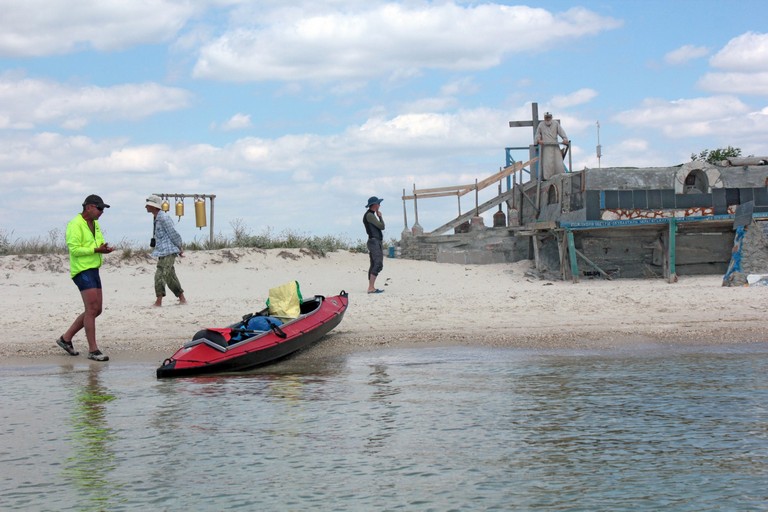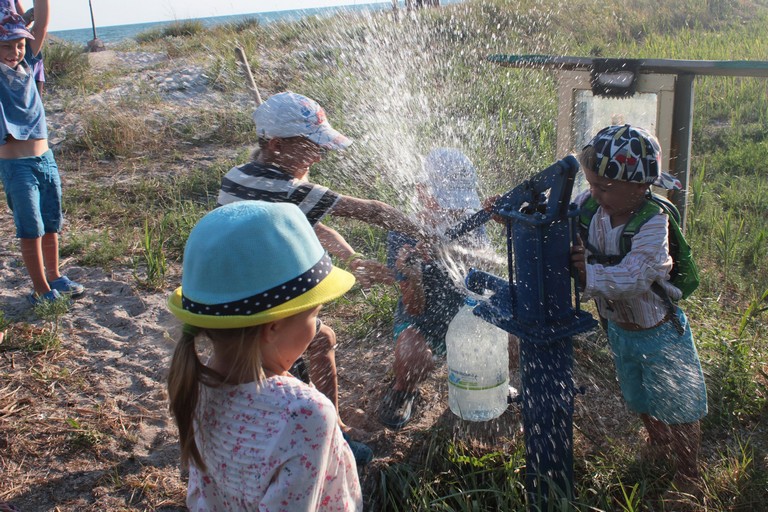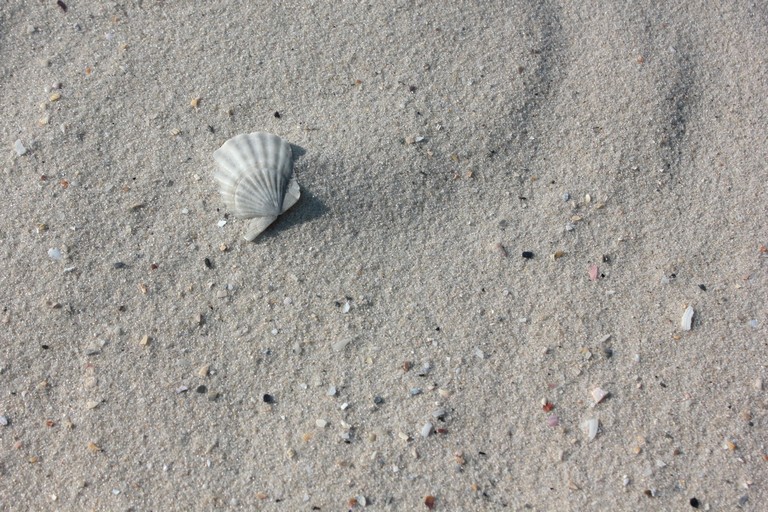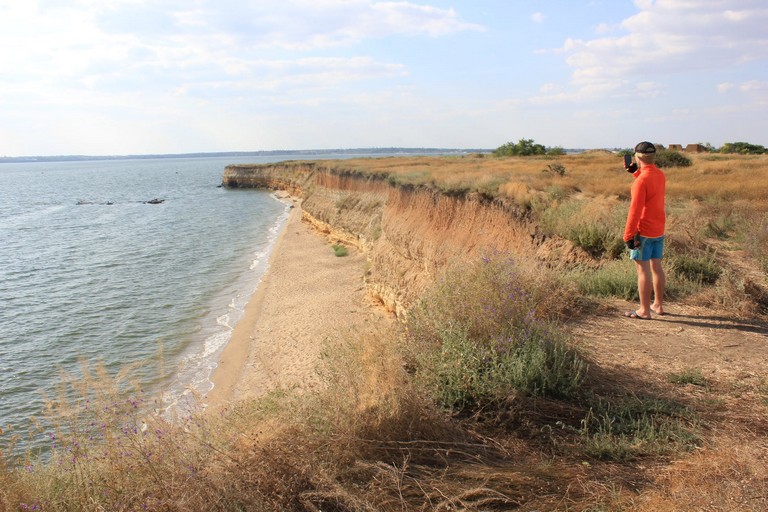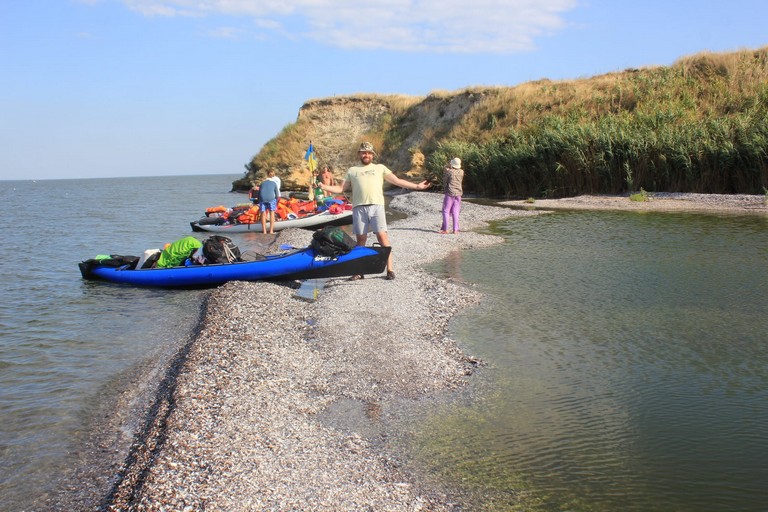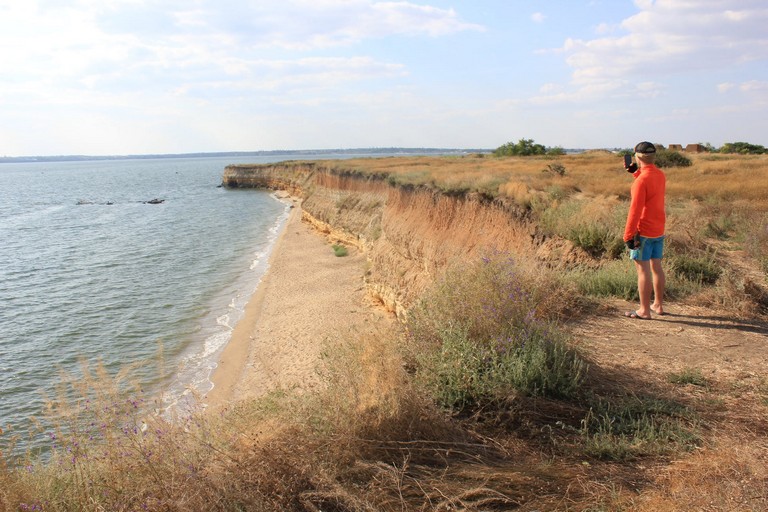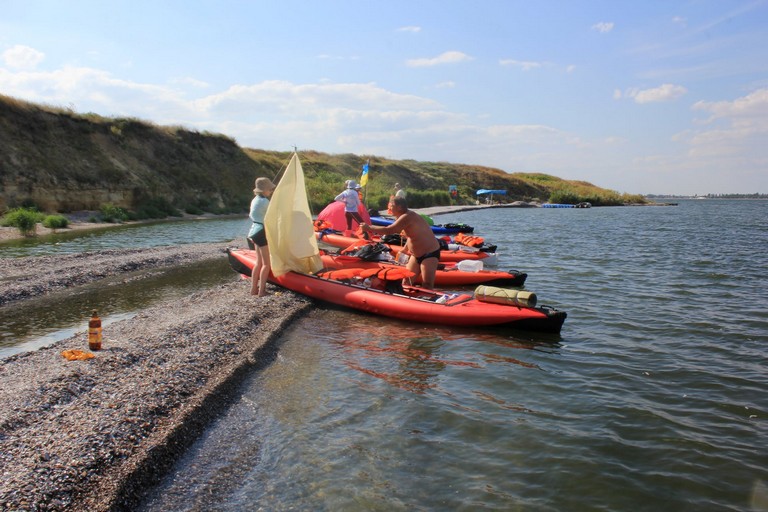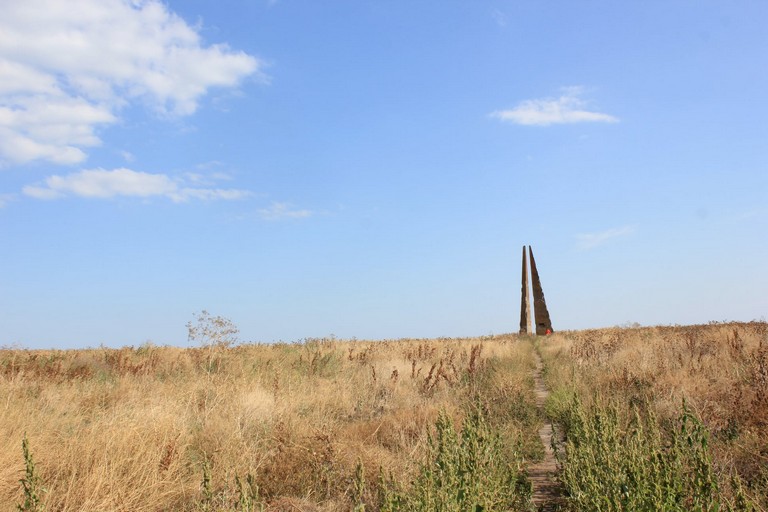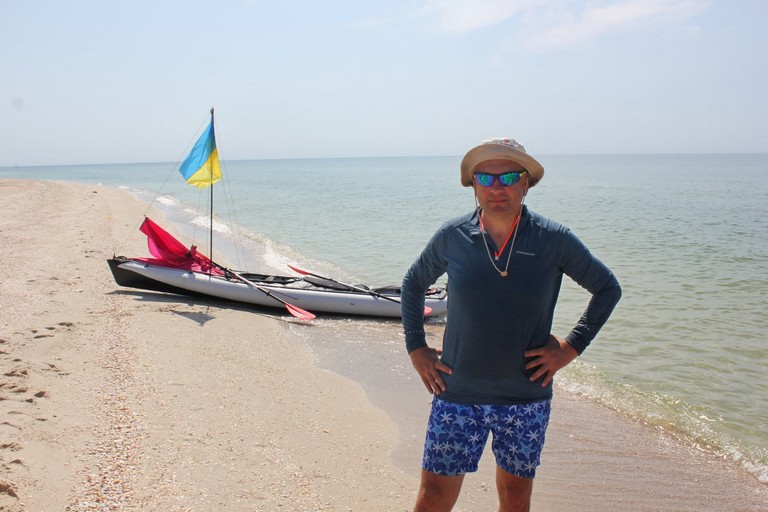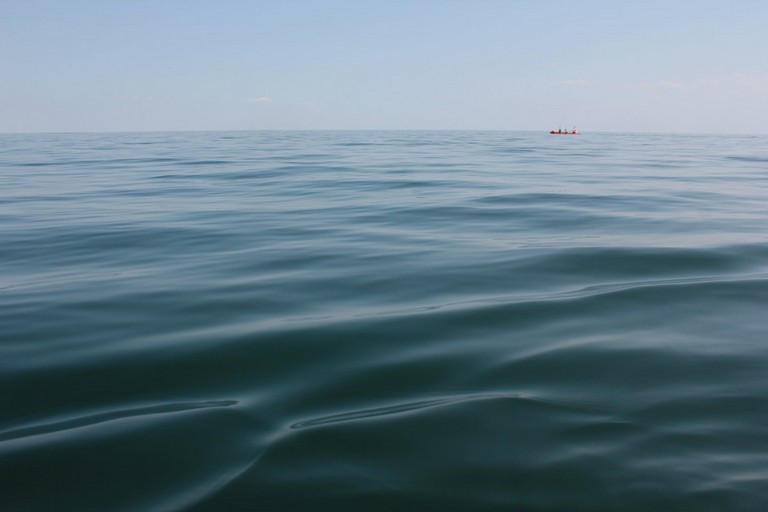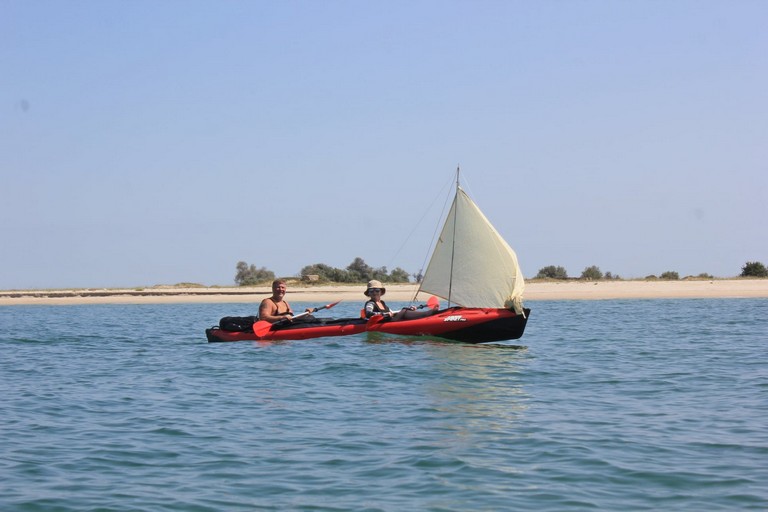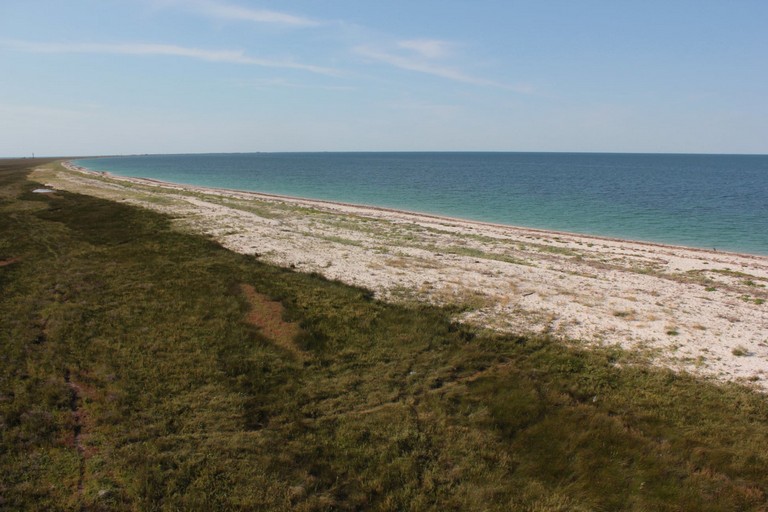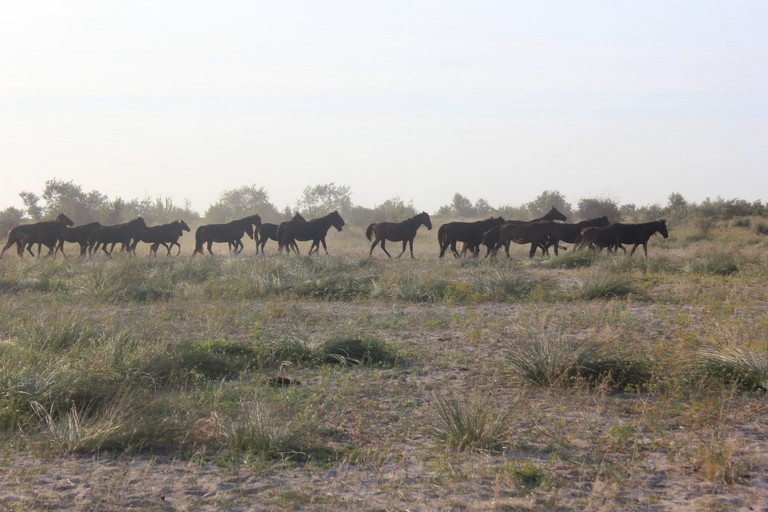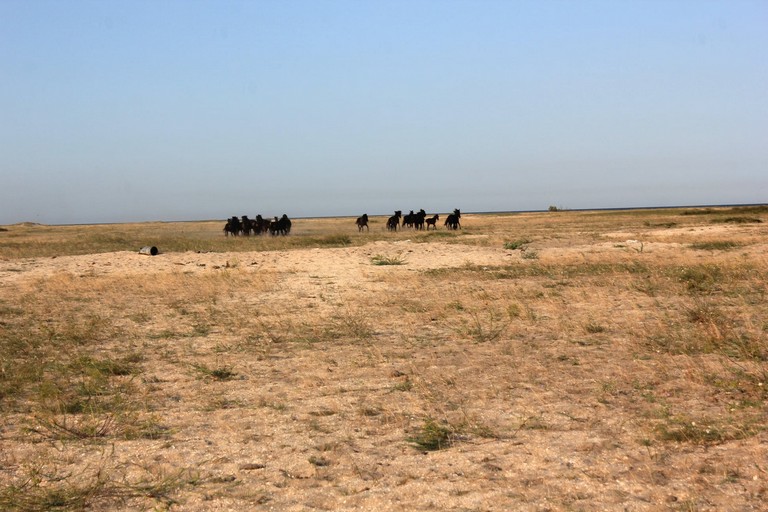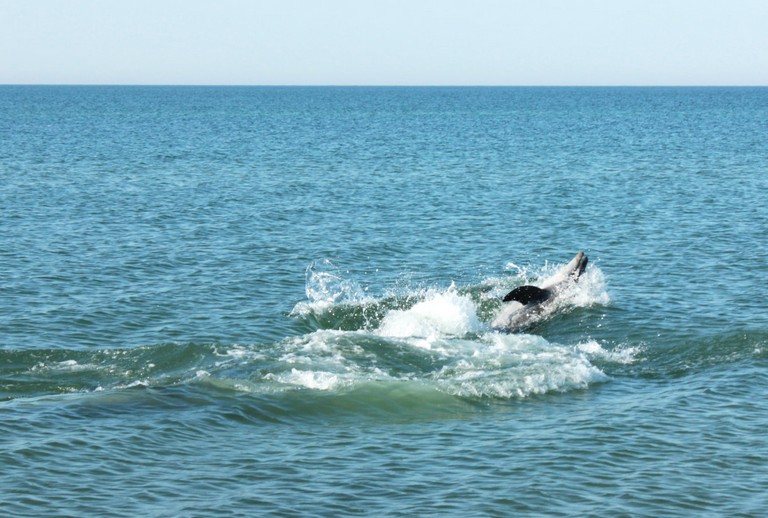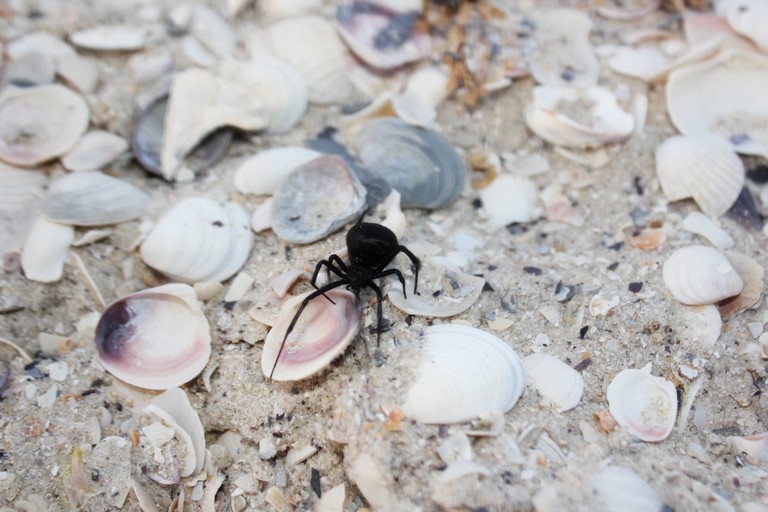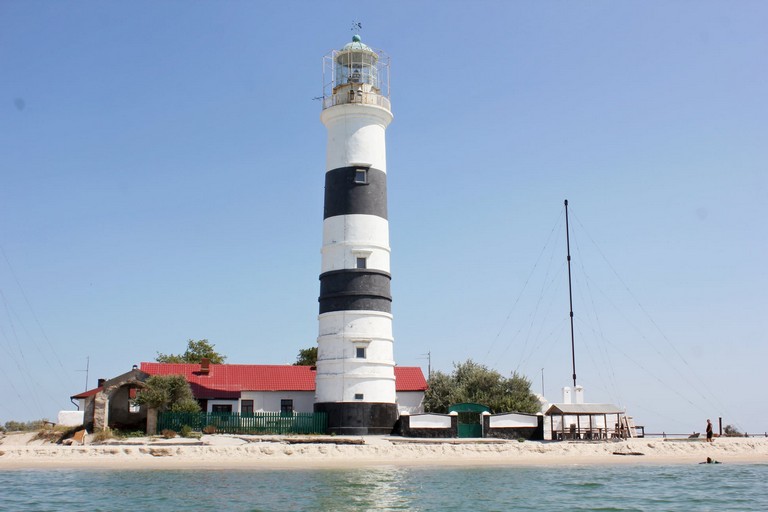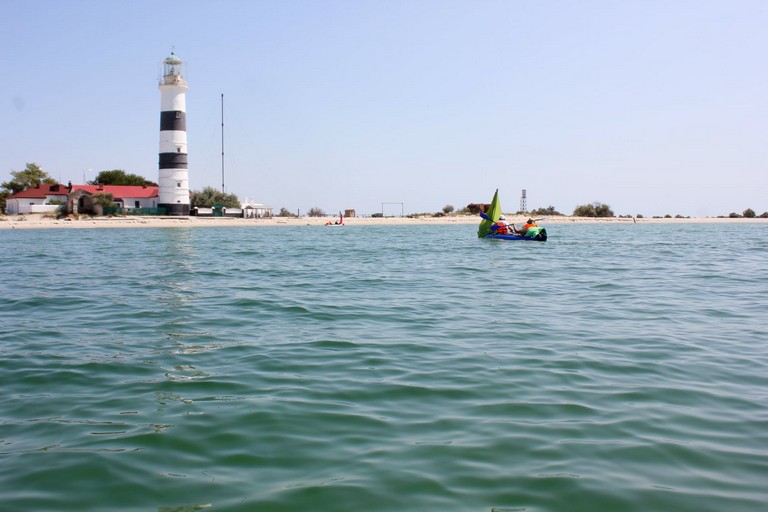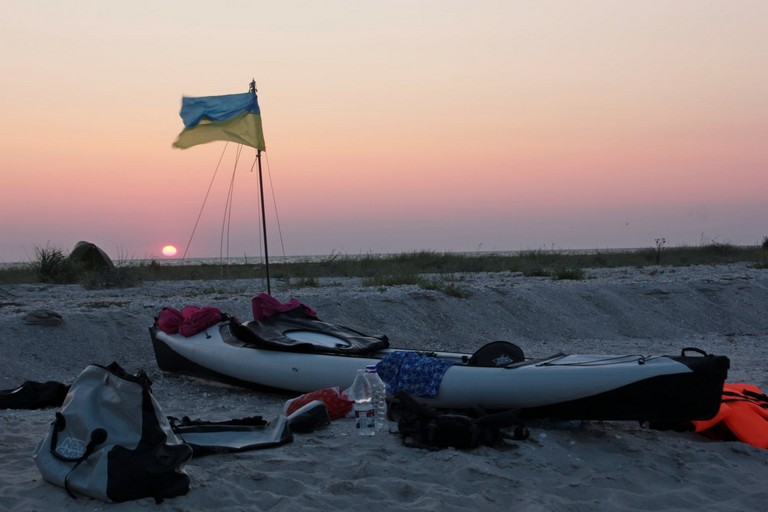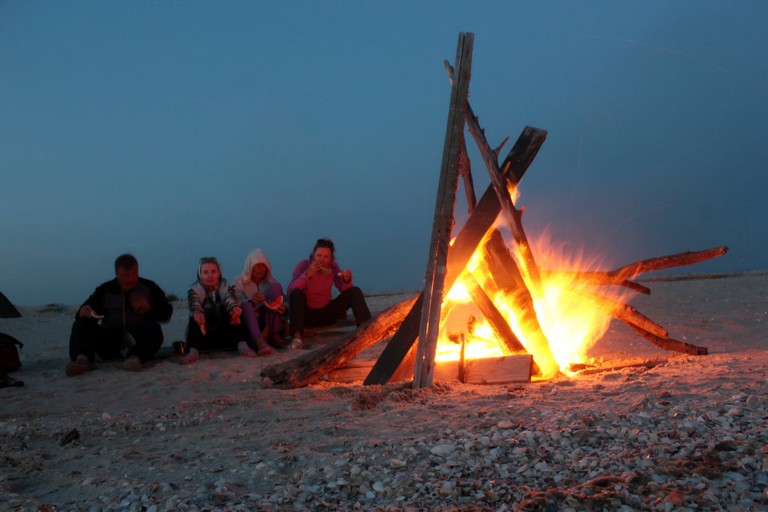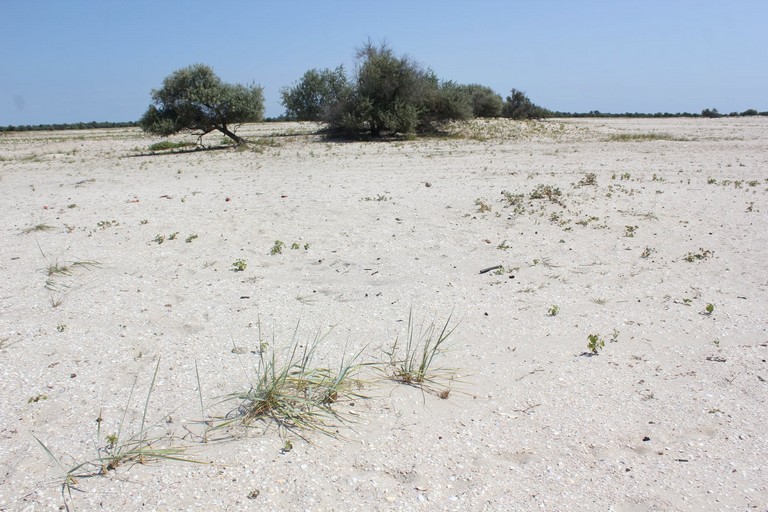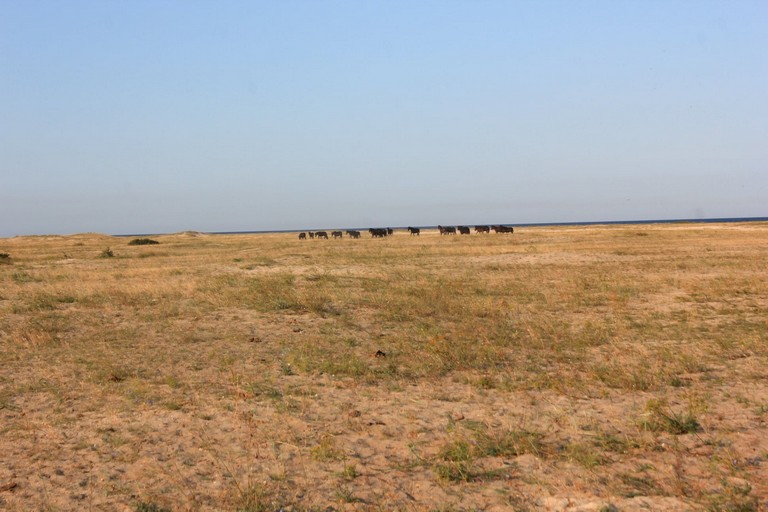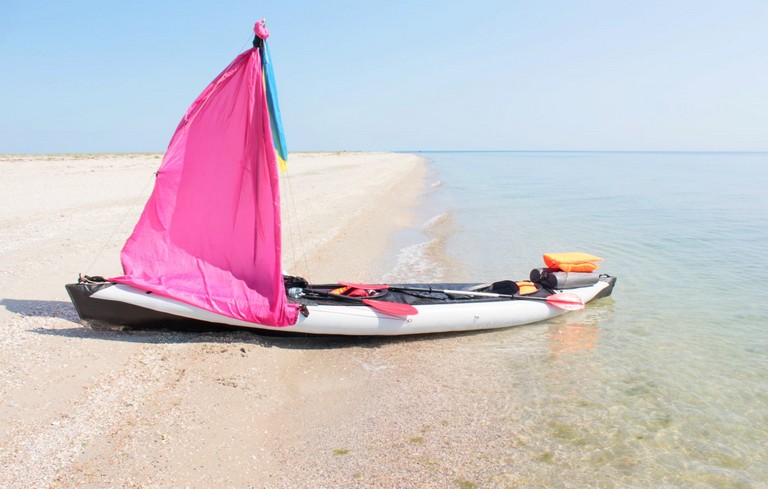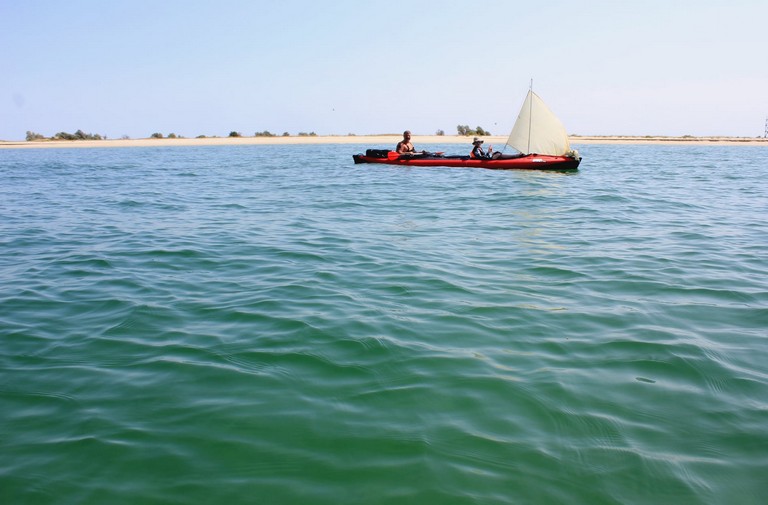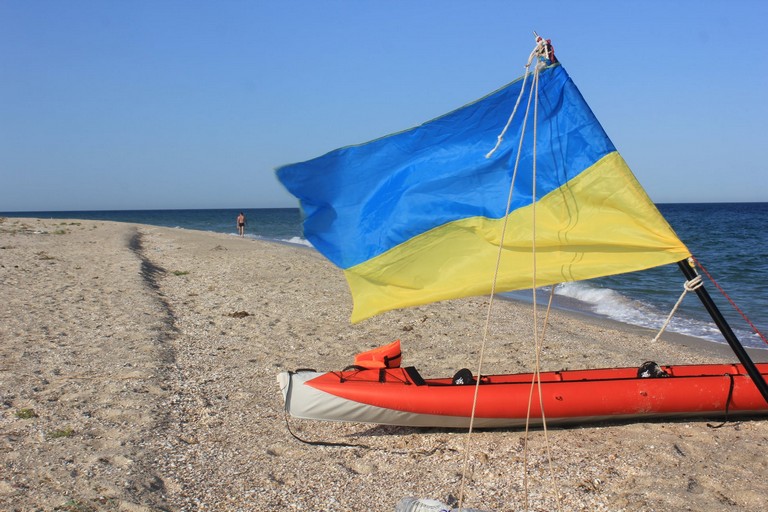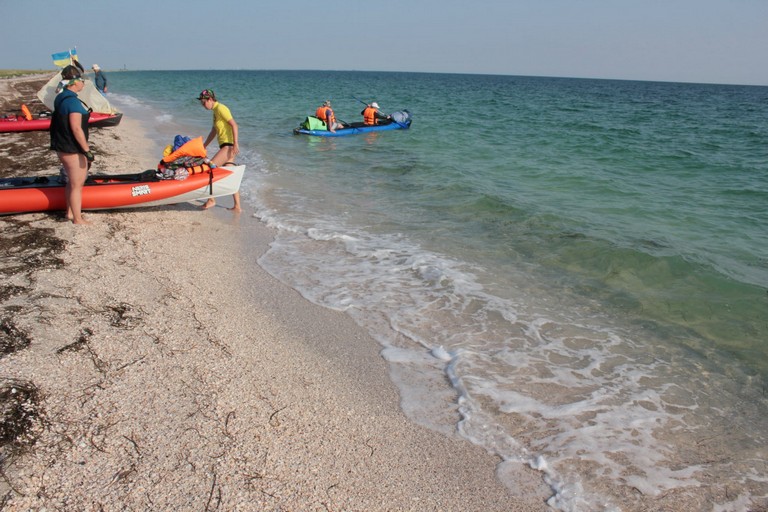Палеоліт: Епоха давньої кам’яної доби
Палеоліт, або «давній кам’яний вік», тривав від 2,5 мільйонів до 10 тисяч років тому і співвідноситься з геологічними періодами палеостену та еопалеостену. Протягом цього часу людина відійшла від загальних тваринних форм, пройшовши еволюційний шлях від австралопітека до неоантропа. У процесі цієї еволюції наші предки завоювали простори Африки та Євразії, набули базових трудових навичок, що знайшли своє відображення в інструментах з каменю та кістки (оскільки дерев’яні вироби, на жаль, не збереглися до наших днів). Людина навчилася не лише використовувати вогонь, але й добувати його, виготовляти одяг та створювати штучні житла. Заснування привласнювальної системи господарювання, де основними засобами існування були мисливство та збиральництво, дозволило сформувати перші суспільні структури, зачатки ідей та первісне мистецтво. Історики розподіляють палеоліт на три основні стадії: нижній, середній і верхній.
Нижній палеоліт (2,5 млн – 300 тис. років тому)
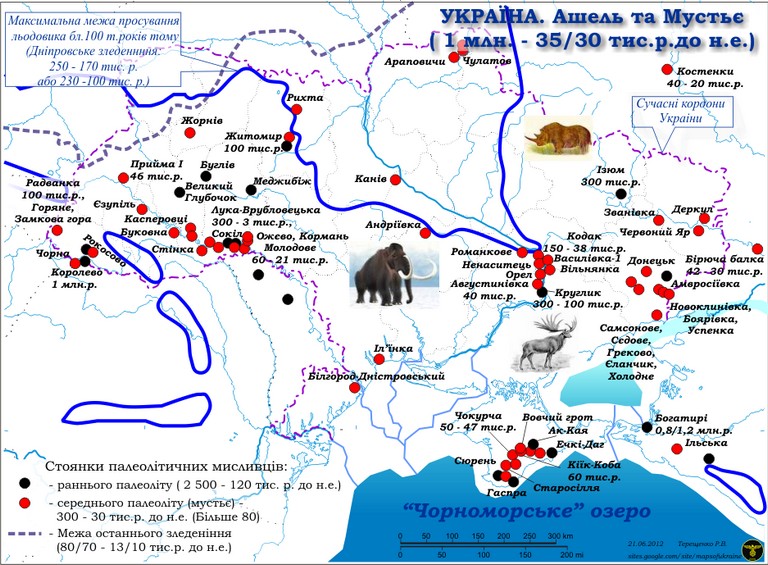
Нижній палеоліт охоплює два археологічні періоди – олдувайський та ашельський. Олдувайська епоха, що датують від 2,5 до 1 мільйона років тому, відома лише завдяки знахідкам у екваторіальній зоні Африки. Її визначальною рисою стали перші штучно створені кам’яні інструменти — загострені камені-чопери, виготовлені представниками «людини вмілої» (Homo habilis), які тоді існували головно як збиральниці. Наступна ашельська епоха (від 1 млн до 150 тис. років тому) вже представлена численними артефактами по всьому Старому світові. Сучасниками цього періоду були пітекантропи (Homo erectus), які виготовляли різноманітні інструменти для рубання, проторубила, колуни, сікачі та грубі скребла. Саме в цей час людина навчилася користуватися вогнем, а основним джерелом харчування залишалося збиральництво, поряд із зачатками загінного полювання. Соціальна структура пітекантропів включала первісні групи з ендогамними стосунками, що свідчило про початкові форми спільнотного життя.
На території України нижній палеоліт знаходить своє відображення в багатошаровій пам’ятці Королеве (на Закарпатті) – найдавнішій для всієї Східної Європи, де археологічний горизонт (ашель, мустьє, початок пізнього палеоліту) датується приблизно 1 мільйоном років тому. Інші важливі місця – це знахідки в Гаспрі, Ечкі-Даг у Криму, Непоротове на Буковині та Меджибіж на Поділлі.
Середній палеоліт (150–30 тис. років тому)
Середній палеоліт включає пізню стадію ашелю (300–150 тис. років тому) та повністю охоплює мустьєрську епоху (150–30 тис. років тому). Це був час значних кліматичних коливань, спричинених наступом північного льодовика. Людина цього періоду, палеоантроп (Homo neanderthalensis), вперше пристосувалася до життя в суворих холодних умовах, вибираючи в якості житла природні укриття — печери та гроти. Цей період відзначається використанням левалуазьких та мікокських технологій обробки каменю, коли інструменти виготовлялися з відщепів, що отримували певну форму завдяки вторинній обробці. Типовими артефактами стали гостроконечники, скребла, ножі, різці та вироби з зубчастими виямками. Полювання, яке в цей час почало спеціалізуватися на окремих видах дичини, а разом із збиральництвом сформувало колективну систему господарювання, поступово перетворюючись із первісних груп у більш цілісні праобщини, у яких сформувалися перші статеві та харчові табу – передвісники екзогамних відносин.
Заселеність території України в середньому палеоліті мала пульсуючий характер через чергування наступів і відступів льодовика. Понад 200 пам’яток цього періоду зосереджені в основному навколо родовищ кам’яної сировини. Зокрема, в Криму виявлено численні стоянки (ущ Заскельне, Сари-Кая, Киїк-Коба, Пролом I і II, Шайтан-Коба, Кабазі II і V, Старосілля, Вовчий Грот та стоянку ГАБО), на Закарпатті – мустьєрські шари стоянок Королеве, Рокосове, Малий Раковець, у Подністров’ї – артефактні шари Молодового I і V, Кормань IV, Кетроси та Стінка, на Поділлі – знайдені пам’ятки у Великий Глибочок, Буглів, Прнятін та Єзупіль, на Волині – Житомирська стоянка, Рихта та Жорнів, у Надпоріжжі – місцевості Орел, Ненаситець, Скубова Балка, а також на Донбасі – Антонівка I і II, Курдюмівка, Званівка та Білокузьминівка.
Верхній палеоліт (35–10 тис. років тому)
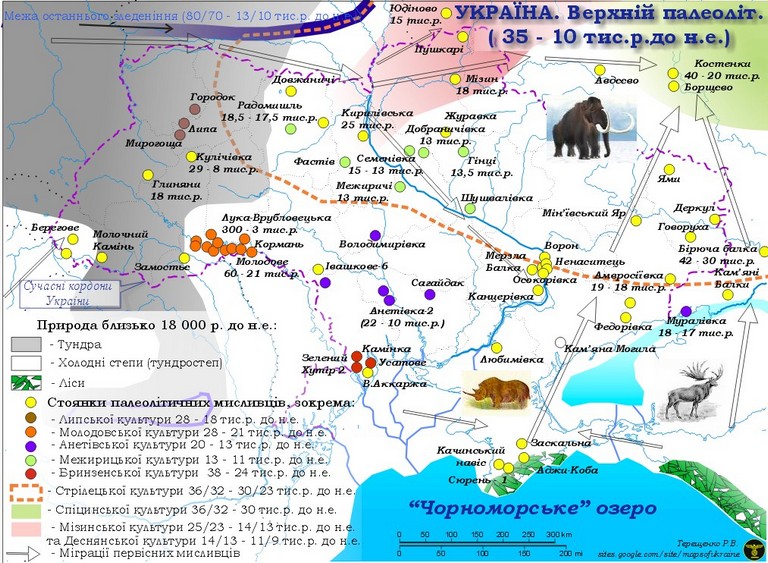
Верхній палеоліт – це період, коли на сцені з’явилася людина сучасного типу – кроманьйонець (Homo sapiens). Цей етап умовно поділяють на чотири стадії, кожна з яких відзначається специфічним культурним порядком. Ранній етап (35–24 тис. років тому) відзначається селетською та оріньякською кам’яною промисловістю, середній (24–17 тис. років тому) характеризується розвитком граветської культури, тоді як пізній етап (17–13 тис. років тому) відомий як епіграветська або мадленська культура. Окрему стадію становить фінальний палеоліт (13–10 тис. років тому), коли археологічні культури набули однорідності за набором інструментів.
У цьому періоді відбувається значний технологічний прорив: з’являється метод виробництва видовжених заготовок для інструментів — пластин. Кам’яні інструменти, такі як скребачки, різці, наконечники, тесла, проколки, свердла та ножі, характеризуються підвищеною спеціалізацією та стандартністю форми. Завдяки винайденню різця, кістка стає допоміжним матеріалом для виготовлення проколок, шил, руків’їв, пазових наконечників для списів, гарпунів та прикрас. Цей період також відзначається розквітом наскельного та переносного мистецтва, яке відображало найдавніші релігійні вірування – анімізм, магію та тотемізм.
Колективне полювання стало основою життєдіяльності людей верхнього палеоліту, досягши високої майстерності завдяки зональній спеціалізації на окремих видах стадних тварин, таких як мамонти, коні, бізони та північні олені. Первісні спільноти поступово переходили від напівкочового до осілого способу життя. Головною господарською одиницею ставала екзогамна родова община, що оселялася в довготривалих поселеннях, де в будівництві використовувалися, зокрема, кістки мамонтів та інших великих тварин. До кінця пізнього палеоліту спостерігалося розділення общин на парні сім’ї.
На території України верхній палеоліт представлений майже 900 пам’ятками. Селетська культура, з її пласкими двобічно обробленими наконечниками, знаходить відображення в стоянках, таких як Молодове V (шари 9 і 10), Міра, Буран-Кая III, Вись та Іллінка. Оріньякський період, позначений характерними нуклеоподібними скребачками, представлений стоянками Зелений Хутір, Сюрень I, Анетівка I, Сагайдак, Муралівка, Золотівка та Ворона III. Граветська культура, що відзначається виготовленням інструментів з великих видовжених пластин, пов’язана зі стоянками Молодове I і V, Кормань IV, Оселівка II, Вороновиця I, Королеве II та Троянове. Епіграветська культура, з її типовими мікровістрями з притупленими краями, представлена великою кількістю пам’яток як у північних регіонах (Межиріч, Мізин, Добранічівка, Гінці, Кирилівська стоянка, Фастівська, Бармаки, Семенівка), так і у південних (Амвросіївка, Велика Акаржа, Анетівка II).
Мезоліт та середньокам’яна доба України
Мезолі́т України, або середньокам’яна доба, охоплює період приблизно від 9 до 6/5 тисячоліть до нашої ери – епоху, яка настала після останнього, Вюрмського (Валдайського) льодовикового періоду.
Цей період характеризується як кульмінаційна стадія мисливського господарства, коли спостерігається його остаточна криза.
Зміни в природному середовищі, трансформації в господарській діяльності та зростання самостійності особистості в громаді спричинили широкомасштабні переселення населення та суттєві етнокультурні зрушення на карті України та Європи саме протягом середньокам’яної доби.
На території України цього періоду виділяють 10 окремих археологічних культур.
Сьогодні на українській землі знайдено близько 600 об’єктів – від короткочасних стоянок і тривалих поселень до поховальних комплексів та декількох церковних могильників, що свідчать про багатство та різноманіття життя давніх людей цієї епохи.
Рання середньокам’яна доба України
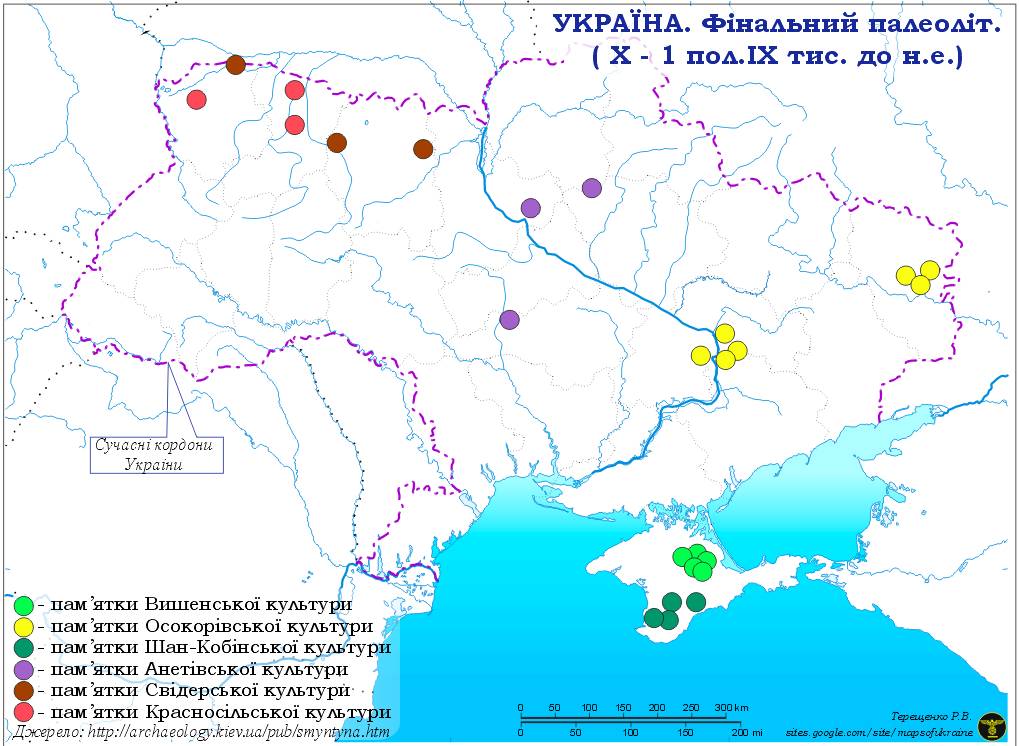
Для цього періоду в Україні зафіксовано понад десять різновидів археологічних пам’яток.
На південному степовому азово-чорноморському культурному краю домінували мікролітичні культурні типи, серед яких:
-
Шан-кобинська культура, що належить до гірсько-кримського регіону;
-
Осокорівсько-роральський тип, який зберігся у Подніпров’ї та на Донбасі;
-
Пам’ятки Білолісся, що знайдені у північно-західному Надчорномор’ї;
-
А також артефакти, пов’язані із культурним типом Сюрень-2 у Криму.
На північному полісько-лісостеповому культурному краю та в середньодністровській культурній зоні, що розташована на північ від азово-чорноморського регіону, виявлено вироби з мікро- та макролітичної обробки. До них належать:
-
Пам’ятки нобельського типу, поширені на Волині;
-
Зразки смячкинського типу, знайдені в Подесінні;
-
Елементи Міньївського Яру, що асоціюються із Сіверськодонеччиною;
-
А також пам’ятки оселівського типу, характерні для Середнього Поддністров’я та Передкарпаття.
Пізня середньокам’яна доба України
У пізньому періоді середньокам’яної доби на території України виділено понад десять археологічних культур і культурних типів пам’яток.
У межах азово-чорноморського мікролітичного культурного краю зустрічаються:
-
Мурзак-кобинський тип, що поширений у гірському Криму;
-
Гребениківська культура, характерна для Північного Надчорномор’я;
-
Кукрецька культура, яка виявляється у Криму, Степовому Поозів’ї та Надчорномор’ї;
-
Пам’ятки моспинського типу, зокрема в пінічно-східному Поозів’ї;
-
І знахідки ненаситецького типу, виявлені у Надпоріжжі.
У північному полісько-лісостеповому культурному краю домінували такі археологічні комплекси:
-
Кудлаївська культура;
-
Дніпро-прип’ятська культура;
-
Піщанорівська культура, яку можна зустріти на Подесінні, в Київському Подніпров’ї та на Волині;
-
Донецька культура, поширена в Сіверодонеччині;
-
А також народицька культура Волині, що, започаткована в ранню середньокам’яну добу, продовжувала існувати в пізньому її періоді.
Цей археологічний спектр надає нам унікальне уявлення про різноманіття первісних культур, які колись формували обличчя території сучасної України.


